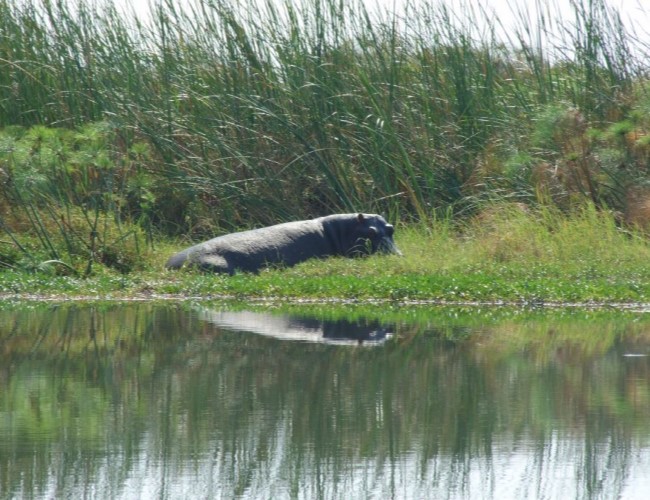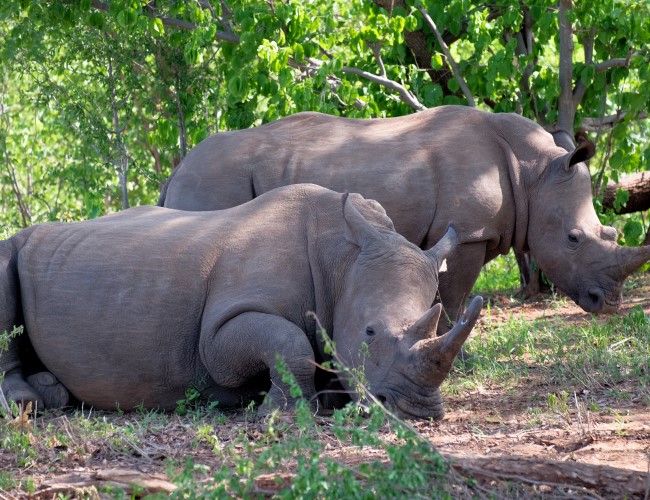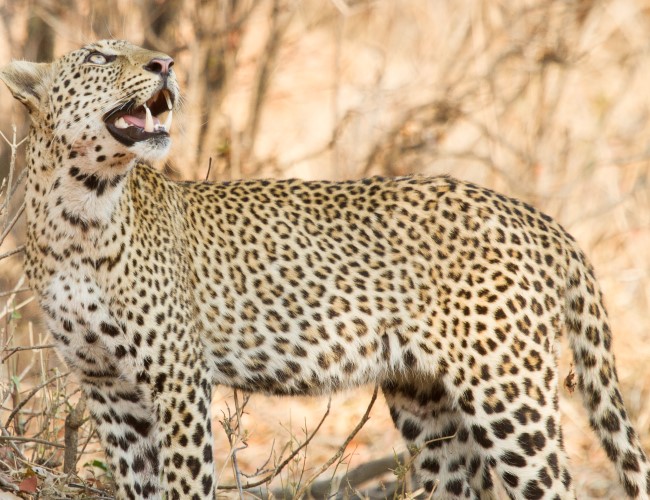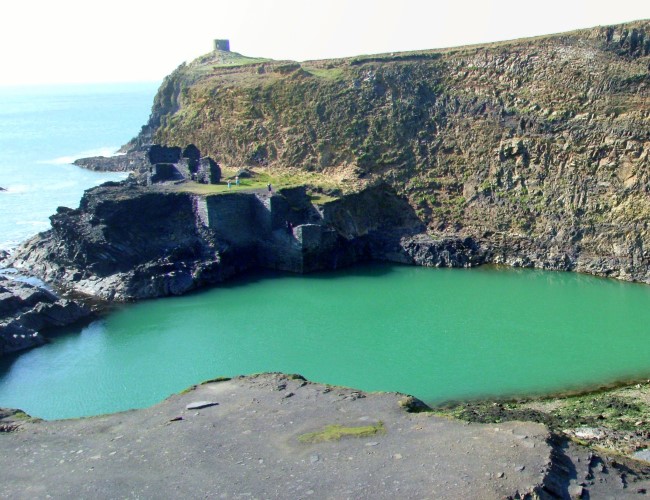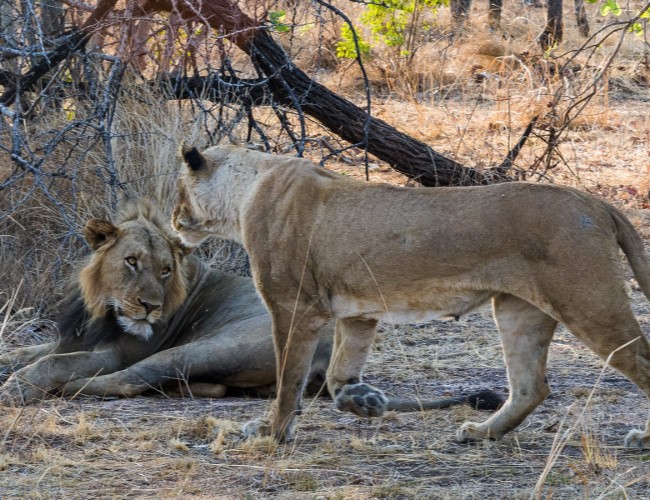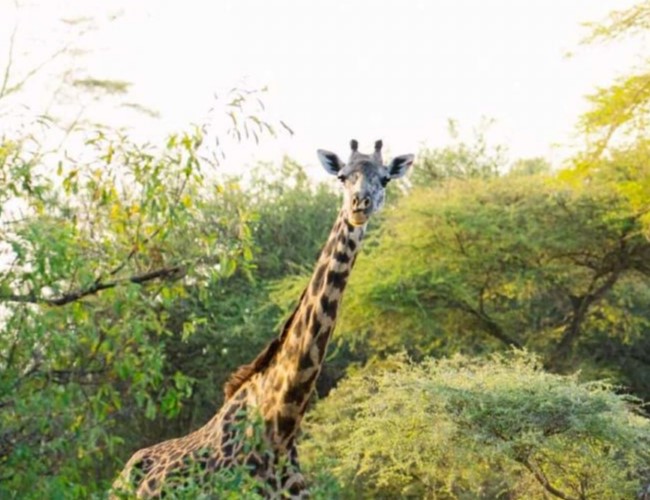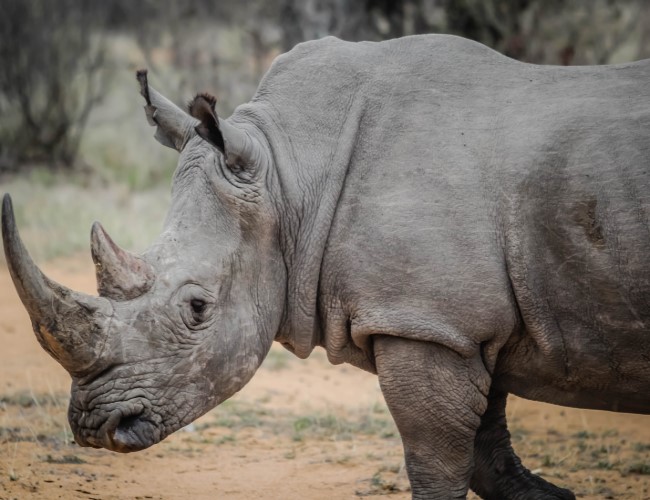Starting from
$400PP
Overview
Zambia is a landlocked country that lies to the south of Tanzania and DRC and toward the north of Botswana, Namibia, Zimbabwe and Mozambique. Zambia is endowed with rich woodlands, wandering waterways and an abundance of wildlife, just as being home to one of the seven natural wonders of the world, the Victoria Falls extending along the border with adjoining Zimbabwe. With its amazing wildlife experiences, amicable individuals and dynamite view, just as important features like walking safaris and night drives, Zambia truly offers a sample of genuine Africa.
South Luangwa National Park is a fabulous choice for walking safaris and is home to groups of elephants, buffalo, Thornicroft's giraffe and endemic species of zebra and wildebeest. Off the beaten track, the little-visited Kafue National Park is huge, with flourishing groups on the fields including the magnificent sable, followed by lions, leopards and wild dogs. Lower Zambezi National Park where a canoe safari is a thrilling choice just as boating and fishing, all inside delightful riverine environmental elements. The town of Livingstone is the doorway to the wonderful Victoria Falls, offering adrenalin-packed activities, for example, white water rafting, bungy jumping and helicopter flights over the Falls.
Pros & Cons
- 30% of Zambia's land has been allocated to national parks
- Safest country on the continent
- Witness the beauty of Victoria Falls
- Amazing wildlife viewing and guiding safaris
- Eco-friendly bushcamps and lodges
- Most of the time its Less crowded
- Access to national parks, luxury lodges and charter flight transfers can be expensive
- Limited activities to do apart from safaris
- High season availability
Popular Locations
Map in Africa
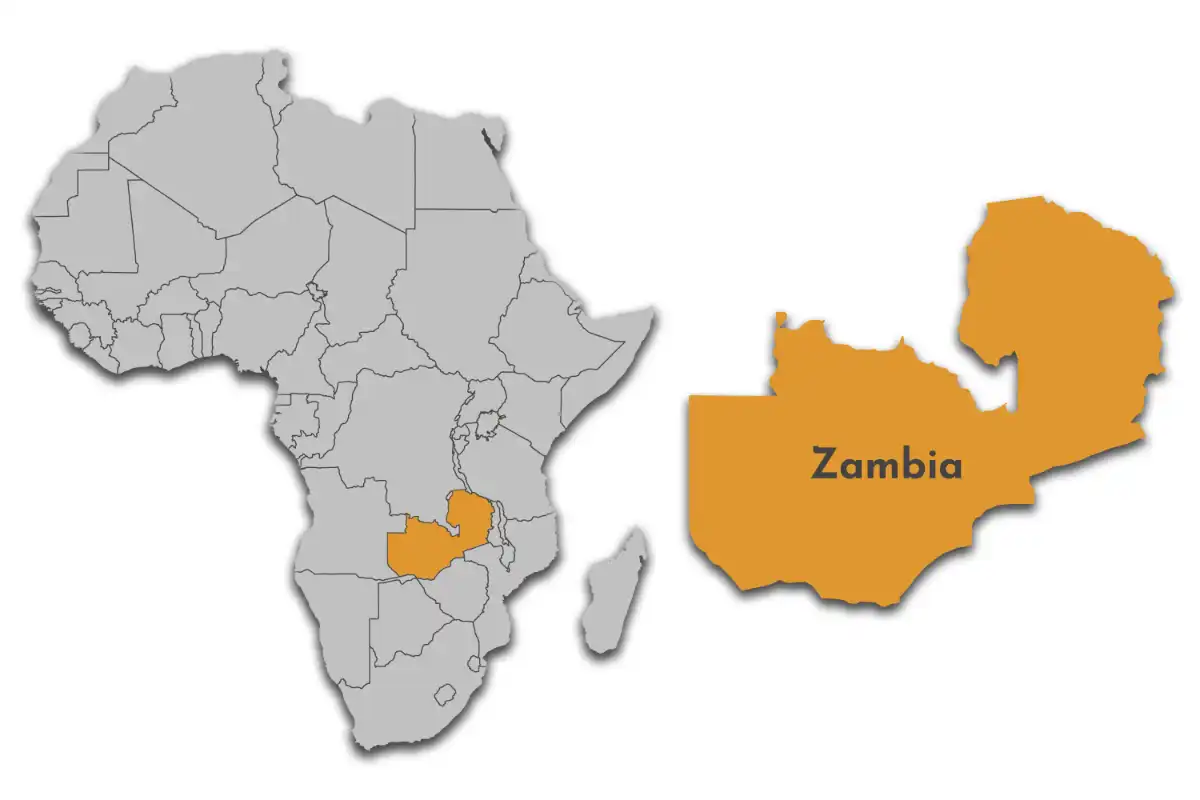
Safari Reviews
Want to Visit Zambia?
Gallery Images
Explore the stunning beauty of Zambia through our curated collection of photographs and videos showcasing its landscapes, wildlife, and culture.
Want to Visit Zambia?
Best Time to Visit – Zambia
You have a brilliant shot at seeing loads of wildlife in Zambia during the Dry season from May to October. This will fit in pleasantly with a visit to Victoria Falls, which is at its best from June to September. A Wet season safari from November to April is substantially more challenging, as most parks and camps shut down due to heavy downpours. The Mfuwe segment of South Luangwa National park is an exemption: you can drive its all-climate streets all year.
May to October (Dry Season)
- Vegetation is thin and Wildlife can be easily spotted around river crossing and waterholes
- Clear blue skies and most of the days are sunny
- There are very less mosquitoes because of little rain
- Even in high season, most of the parks will not get crowded except Victoria falls
- The best time to see Victoria Falls is from May to September
- Morning game drives can be difficult due to Cold weather, so warm clothes are recommended
- October can get very hot
- From March to May massive clouds of spray will block the view of Victoria Falls
November to April (Wet Season)
- The best time for bird watching and migratory birds are present
- The scenery is beautiful and green
- As It's less crowded, rates are likely to be lower
- Newborn baby animals can be spotted
- Difficult to spot animals as they are no longer dependant on rivers and waterholes to drink
- Victoria Falls might just be a small stream from October to December as the flow of the Zambezi river is at its lowest
Best Time to Go to Zambia by Major Park
For the best wildlife viewing in the primary parks, visit in the dry winter months (May to October). This concurs with the best chances for extraordinary photographs of Victoria Falls – between May and August. Most camps close in the rainy season and washed-out streets make travel troublesome. Be that as it may, the scene is lovely and bird-watching is brilliant as of now.
Want to Visit Zambia?
Wildlife & Animals
Zambia is an excellent wildlife viewing destination, with the most prominent animal species easily visible. Zambia has all of the Big Five, but rhinos are extremely rare. The black rhino can only be found in North Luangwa, while the white rhino can only be found in Mosi-oa-Tunya (Victoria Falls). Elephants, buffalo, and lions are common in many parks, and leopards can be found in Kafue, South Luangwa, and the Lower Zambezi, though wild dogs and cheetahs are more difficult to spot. Zambia is one of the wettest countries in Southern Africa, and its rivers and lakes provide excellent fishing opportunities as well as thriving populations of hippos and crocodiles.
Wildlife Highlights
Look past the Big Five and you'll find Zambia loaded with captivating rare and endemic species like black lechwe, Crawshays zebra and Thornicrofts giraffe. Liuwa Plain National Park has Africa's second-largest wildebeest migration in November every year, and in Kasanka National Parks 10 million fruit bats take to the skies from October to December. The Kafue lechwe and the black lechwe are special in specific swampy areas.
Best Time for Wildlife Viewing
The best time to visit Zambia for a wildlife viewing experience is during the dry season from May to October when water is scant, and animals assemble at waterholes and rivers. The bush is less lavish as of now, and animals are easier to spot. From October until the rains, it tends to be agonizingly hot. A few streets become blocked during the Wet season from November-April, and a few parks and camps close at this time.
Want to Visit Zambia?
Birds
Zambia has an assorted exhibit of birdlife, making it an optimal destination for visitors to partake in a birding safari. Perhaps the most extraordinary bird in Africa, the Shoebill is also found there. There are more than 700 species to be found all through the numerous assorted diverse ecosystems. The vast majority of the avifauna is found on the Central African Plateau as this region has many ecosystems. There are a few birding areas of interest, which incorporate the Lochinvar National Park, Bangweulu Swamps and the South Luangwa National Park and Kafue. Another extraordinary spot is the Chimfunshi Wildlife Orphanage, which has dams that draw in a wide cluster of animal groups.
Best Time for Wildlife Viewing
The best time to visit Zambia for birding is during the wet season in summer between November and March when resident birds are nesting and migratory birds are available. However, getting around remote areas in the wet season will be troublesome. You’ll need to do some careful planning to give your trip the best chance of success.
Want to Visit Zambia?
Activities
From game drives and walking safaris to cultural encounters and adventure excursions, Zambia offers a wide variety of activities for every type of traveler.
Want to Visit Zambia?
Cuisines
Zambian cuisine is largely based on nshima, which is a food prepared from pounded white maize. Nshima is part of nearly every Zambian meal. In traditional communities, the making of nshima is a long process, which includes drying the maize, sorting the kernels, pounding it and then finally cooking it. In addition to nshima, Zambian cuisine includes various types of stew, cooked vegetables and different types of beer. Dried fish and insects are also eaten. The types of relish eaten with nshima can be very simple, such as chibwabwa, or pumpkin leaves. The relish made with green vegetables is generally known as delele or thelele. A unique way to create relish relies on cooking with chidulo and kutendela. Chidulo is used in dishes made with green, leafy vegetables and also for wild mushrooms. Ifisashi is another common food in Zambia. It is a type of stew, made with greens and peanuts and served with nshima. Ifisashi can be vegetarian or cooked meat can be added to the stew. Samp is also eaten in Zambia.
Culture
Zambia’s contemporary culture is a blend of values, norms, and material and spiritual traditions of more than 70 ethnically diverse people. Each cultural group is acknowledged and celebrated each year in colourful festivals. Most of the tribes of Zambia moved into the area in a series of migratory waves a few centuries ago. They grew in numbers and many travelled in search of establishing new kingdoms, farming land and pastures.
Before the colonial days, Zambia's different ethnic groups lived in their own communities, each with their own culture. Much of that has changed with urbanisation and influence from western culture, but the people of Zambia still preserve their traditions and celebrate over 20 ceremonies and cultural festivals each year in the different parts of the country.
Traditional Zambian music is characterised by a lot of singing and dancing. The instrument that is played more than any other is the drum, and there there are others such as the thumb piano (kalimba, kathandi, or kangombio in some Zambian languages, or mbira in some cultures), and the kilimba (marimba or xylophone).
Want to Visit Zambia?
National Parks & Game Reserves
Zambia is home to some of the most spectacular national parks and game reserves in Africa. From vast savannahs to dense forests, each park offers unique landscapes, diverse wildlife, and unforgettable safari experiences. Whether you’re searching for the Big Five or hidden natural wonders, Zambia has something for every safari enthusiast.
Lochinvar National Park
Lochinvar is an almost untouched wetland setting with some astonishing birdlife with over 420 spe...
Mosi-oa-Tunya National Park
Mosi-oa-Tunya National Park is a UNESCO World Heritage site that is home to one portion of the Mo...
South Luangwa NP
South Luangwa National Park in eastern Zambia, is the southernmost of three public parks in the v...
Blue Lagoon National Park
Blue Lagoon National Park is a limited wildlife shelter in the northern part of the Kafue Flats i...
Kasanka National Park
Kasanka National Park is the only privately managed park in Zambia. This peaceful sanctuary, situ...
Kafue National Park
Kafue National Park is one of the largest national parks in Africa and the oldest park in Zambia....
Lower Zambezi NP
The Lower Zambezi National Park lies on the north bank of the Zambezi River in southeastern Zambi...
Bangweulu Wetlands
Bangweulu means "where the water meets the sky", which is an ideal depiction of this phenomenal c...
Sioma Ngwezi National Park
Sioma Ngwezi National Park is mainly covered by Kalahari woodland. The Park has been heavily poac...
Liuwa Plain National Park
Liuwa Plain in western Zambia has one of the oldest conservation histories in Africa, tracing all...
Luambe National Park
Luambe is one of Zambia's smallest national parks. Situated on the eastern bank of the Luangwa it...
Lukusuzi National Park
Lukusuzi National Park is located in the eastern Luangwa Valley in Zambia, on the other side of t...
Nsumbu National Park
Liuwa Plain offers extremely occasional wildlife viewing. The pattern here is something contrary ...
No reviews yet for this destination. Be the first to share your experience !
Safety & Security
Zambia, a top safari destination in Africa, is recognised for its remarkable adventures, spectacular animals, and stunning scenery. Take in the fantastic views of Victoria Falls, watch the sunsets, wander among the wildlife in South Luangwa National Park, and white-water raft down the Zambezi River.
Zambia is a relatively safe country to visit, with few significant crimes. However, we advise you to be cautious and watchful on your trips.
Please see the links below for travel advice on Zambia Safari Trips:
General Safety Tips
- Keep valuables secure and avoid displaying expensive items
- Stay alert in crowded areas and tourist hotspots
- Use registered tour operators and licensed guides
- Follow local customs and respect cultural sensitivities
- Keep copies of important documents in a safe place
Safari Safety
- Always follow your guide's instructions during game drives
- Stay inside your vehicle unless instructed otherwise
- Keep noise levels low to avoid startling wildlife
- Never approach or feed wild animals
- Carry essential medications and first aid supplies
Health & Medical
Want to Visit Zambia?
Getting There
Zambia's main airport is Kenneth Kaunda International Airport (LUN), found 14km from the capital, Lusaka. From Lusaka, you can fly or drive between reserves. When your safari is joined with a visit to Victoria Falls, you will undoubtedly fly in or out of Livingstone Airport (LVI), right outside of Livingstone and near the falls. In most cases, your local tour administrator will orchestrate pick-up from the airport and arrange further transportation as a feature of your safari package.
Travel Requirements
- All foreign visitors need a passport that is valid for at least six months
- Passports must have minimum of three blank pages
- Citizens from most nationalities do not require a visa and will get a 30-day entry permit on arrival.
- When arriving from a country in Africa or the Americas where yellow fever is present, a yellow fever vaccination certificate is required.
- If you are visiting Zambia and Zimbabwe, there is a joint visa for both countries available at all major ports of entry into Zambia and Zimbabwe.
Domestic Transportation
There are various local airports from which light aeroplanes fly into safari regions, including Ndola, Mfuwe, Livingstone and Solwezi. Light aeroplanes are regularly the best way to get to remote safari regions. The only domestic transporter running booked flights is Proflight. Small charter flights are often used to venture out between parks or to get to remote regions. Most charter flights are reserved through your tour operator.
Want to Visit Zambia?
The dry months typically offer the best wildlife viewing. Shoulder months can balance good sightings with fewer visitors.

 English
English French
French

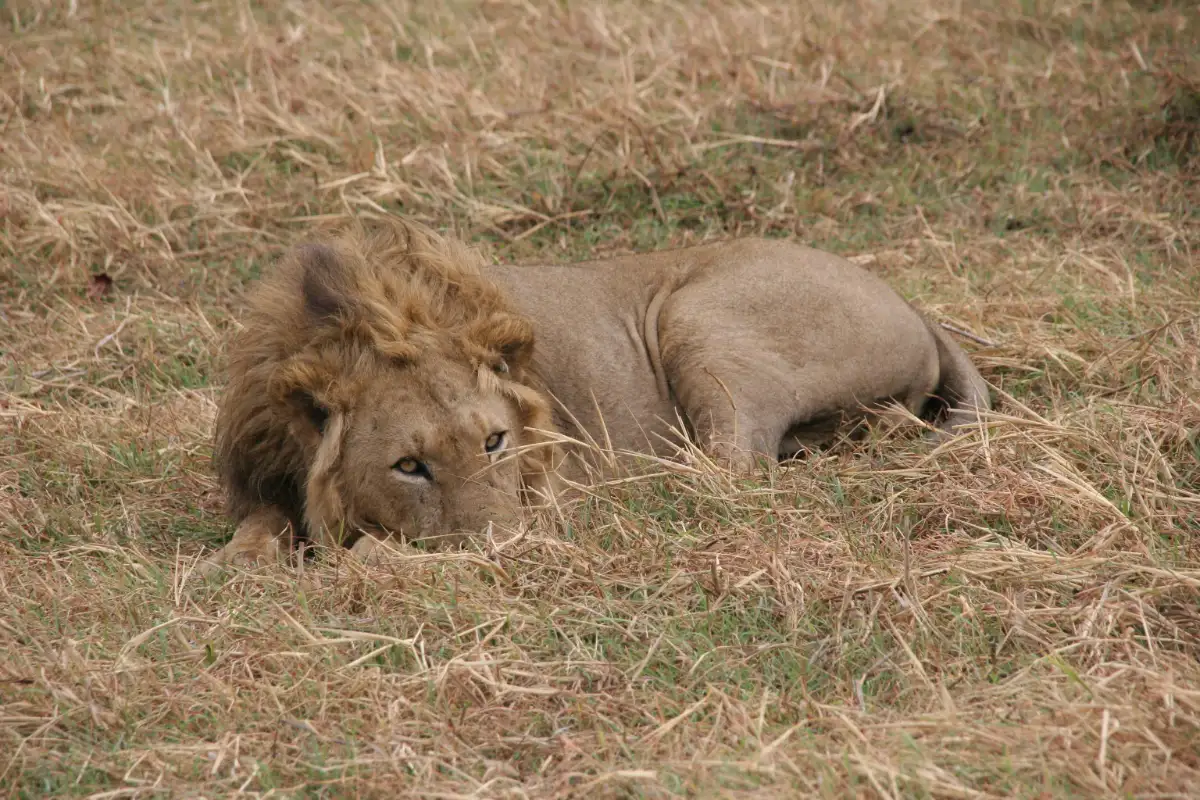
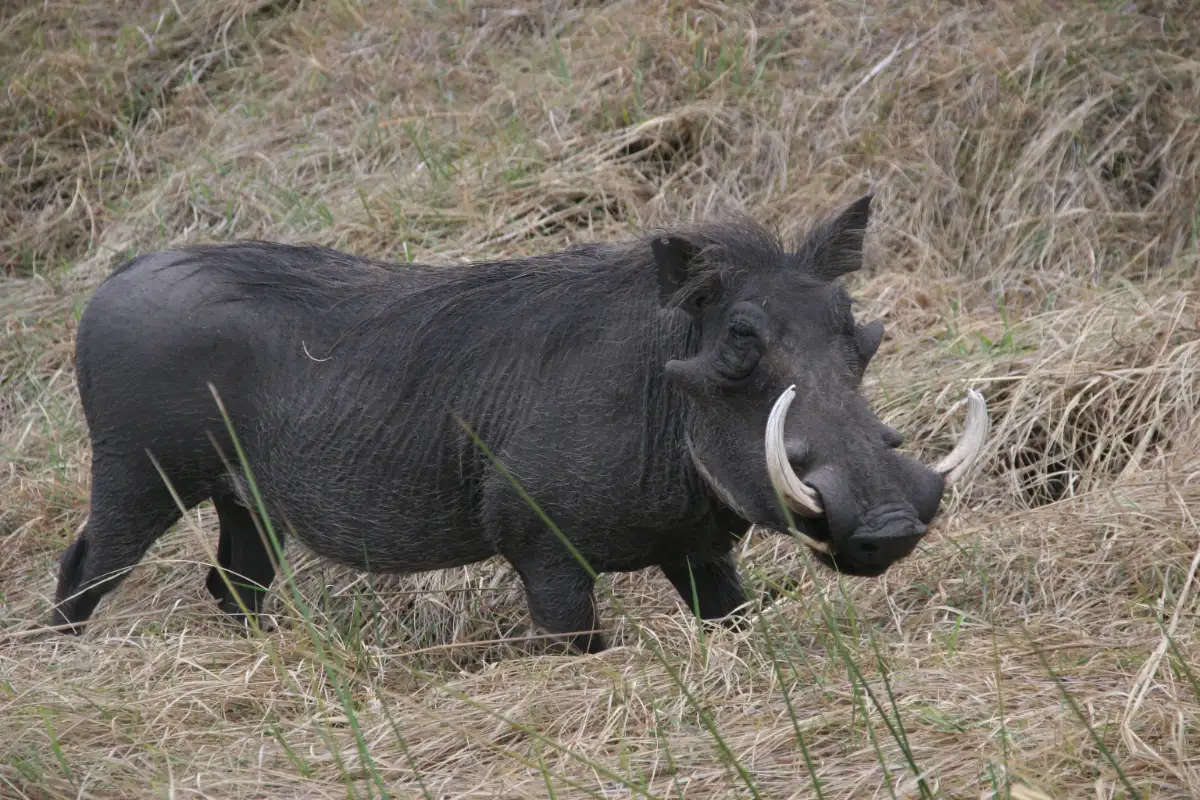
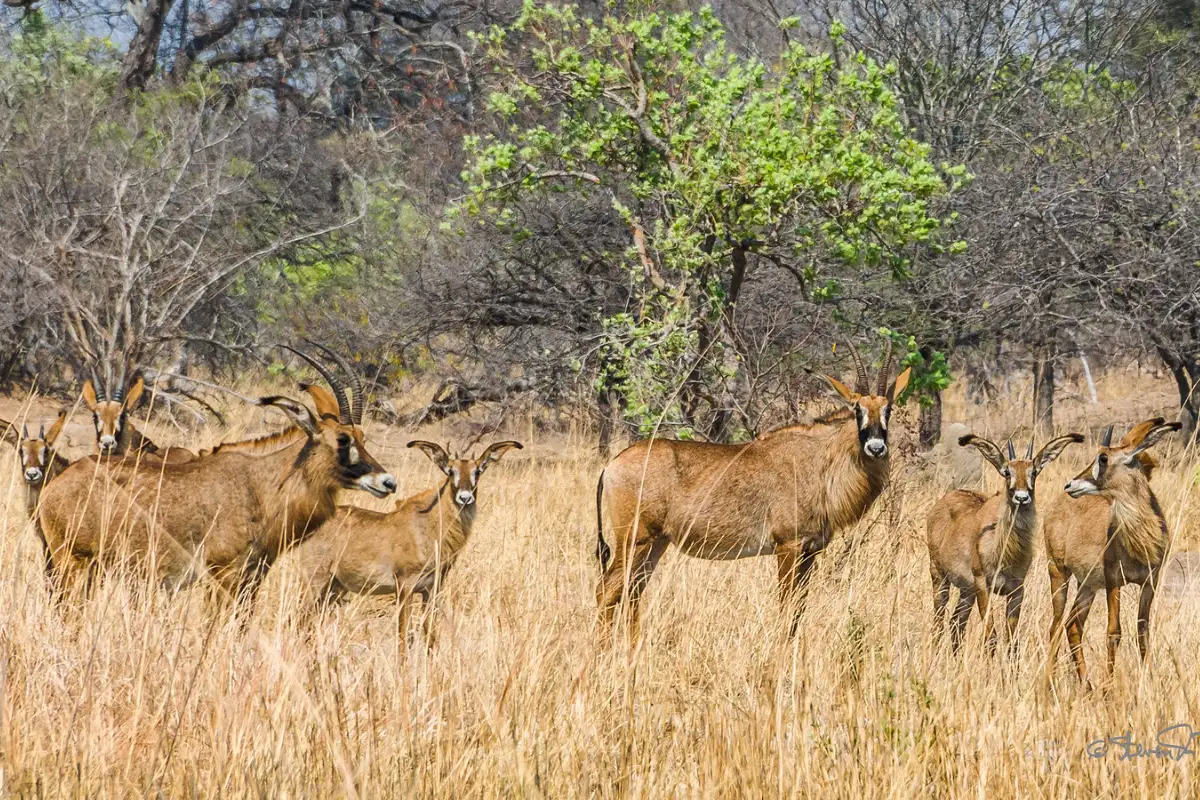
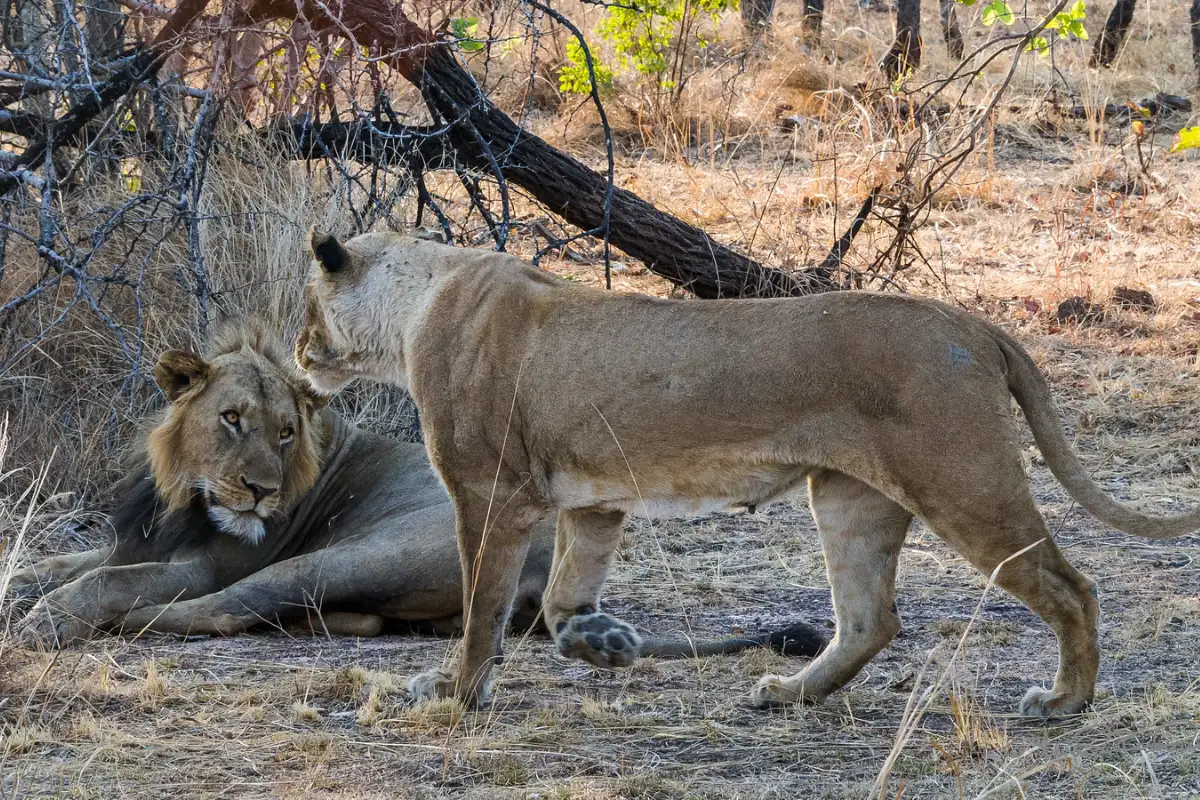
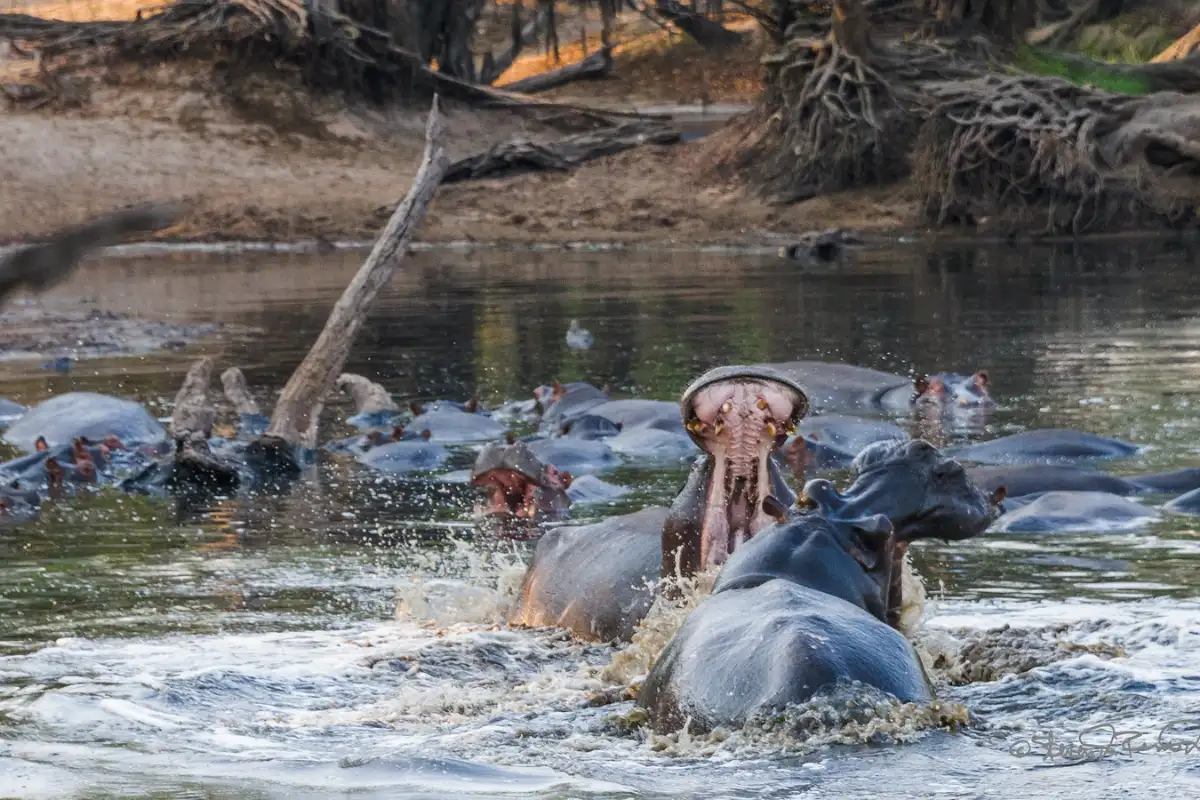
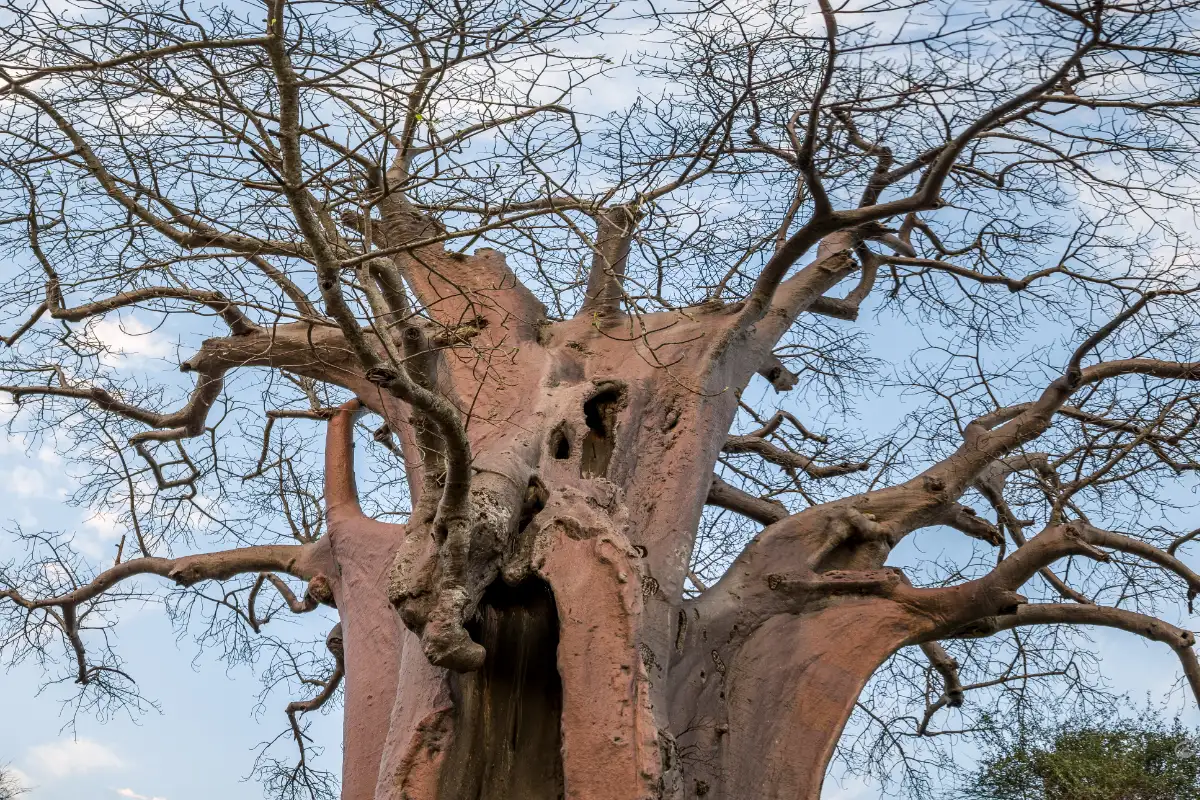
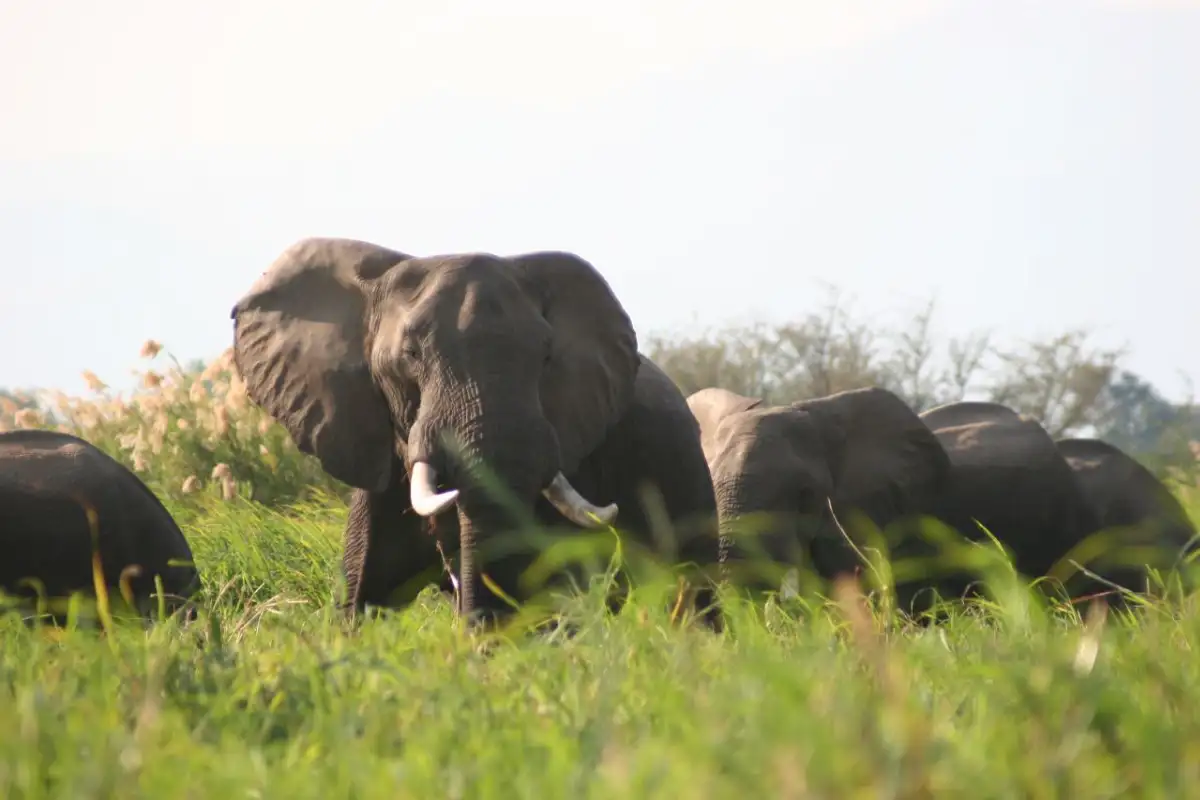
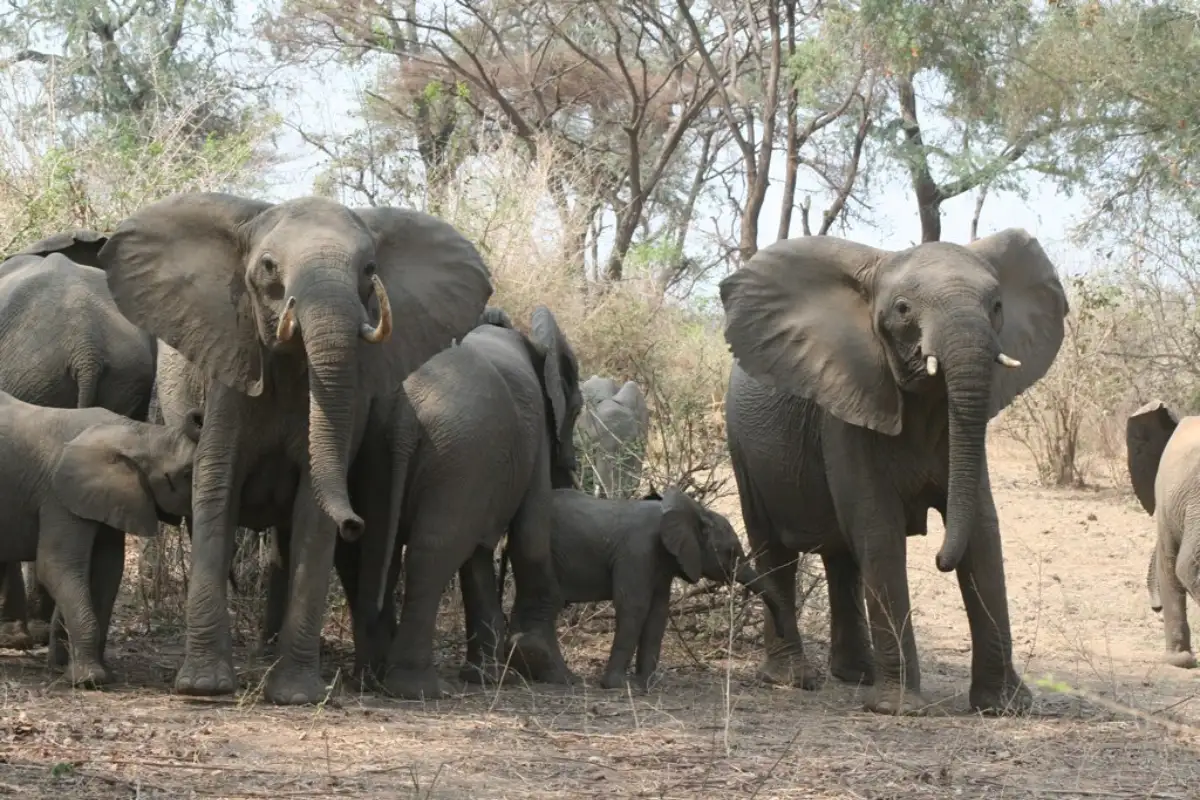
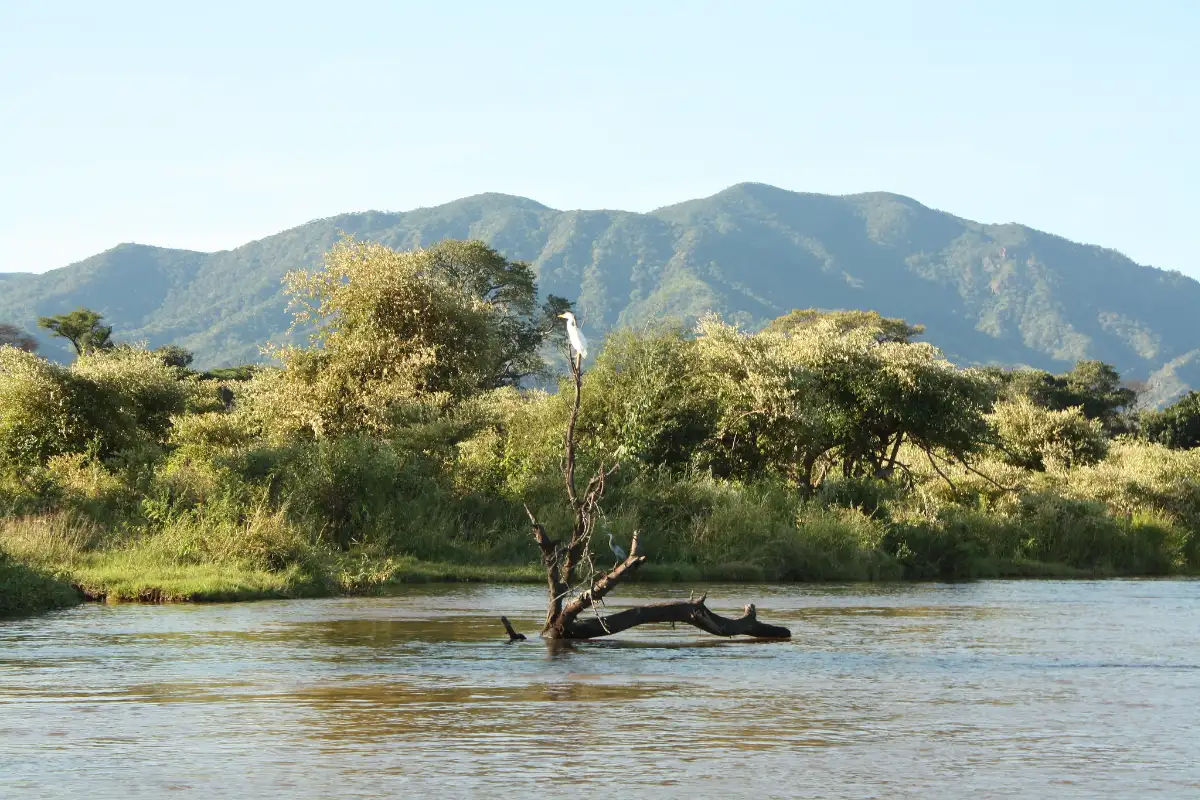

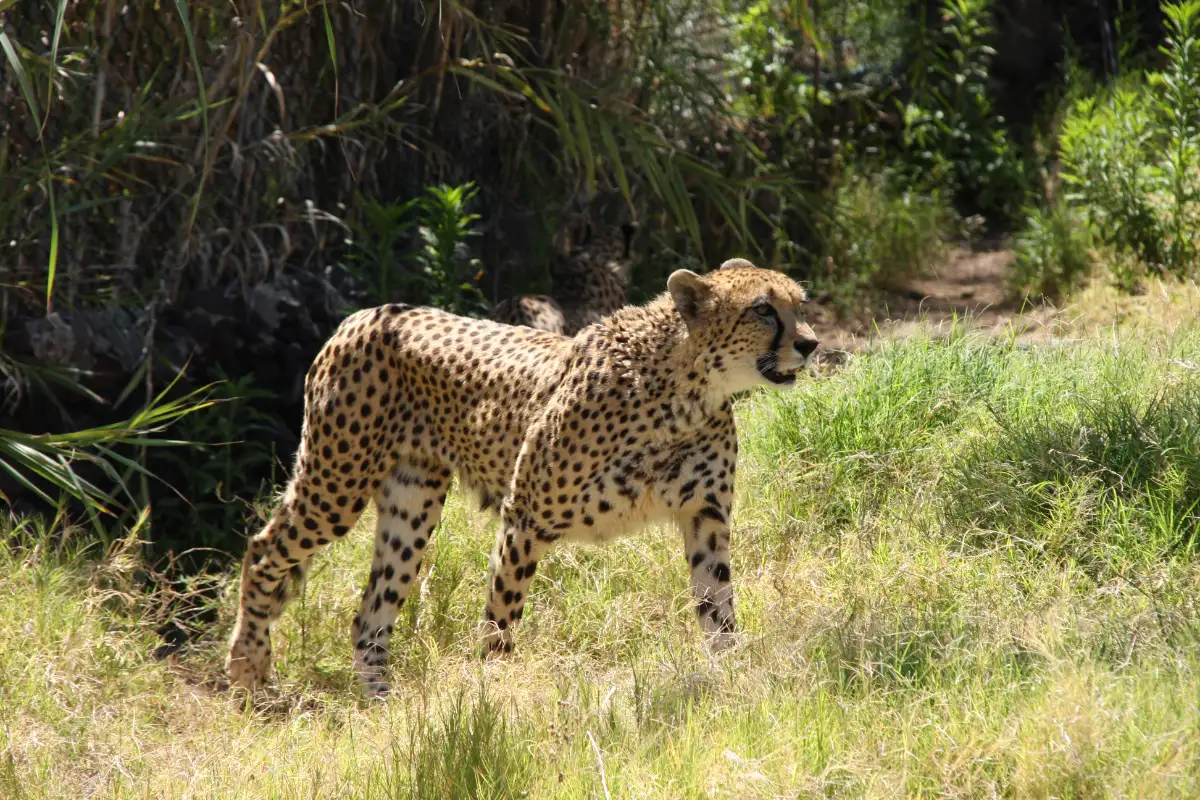
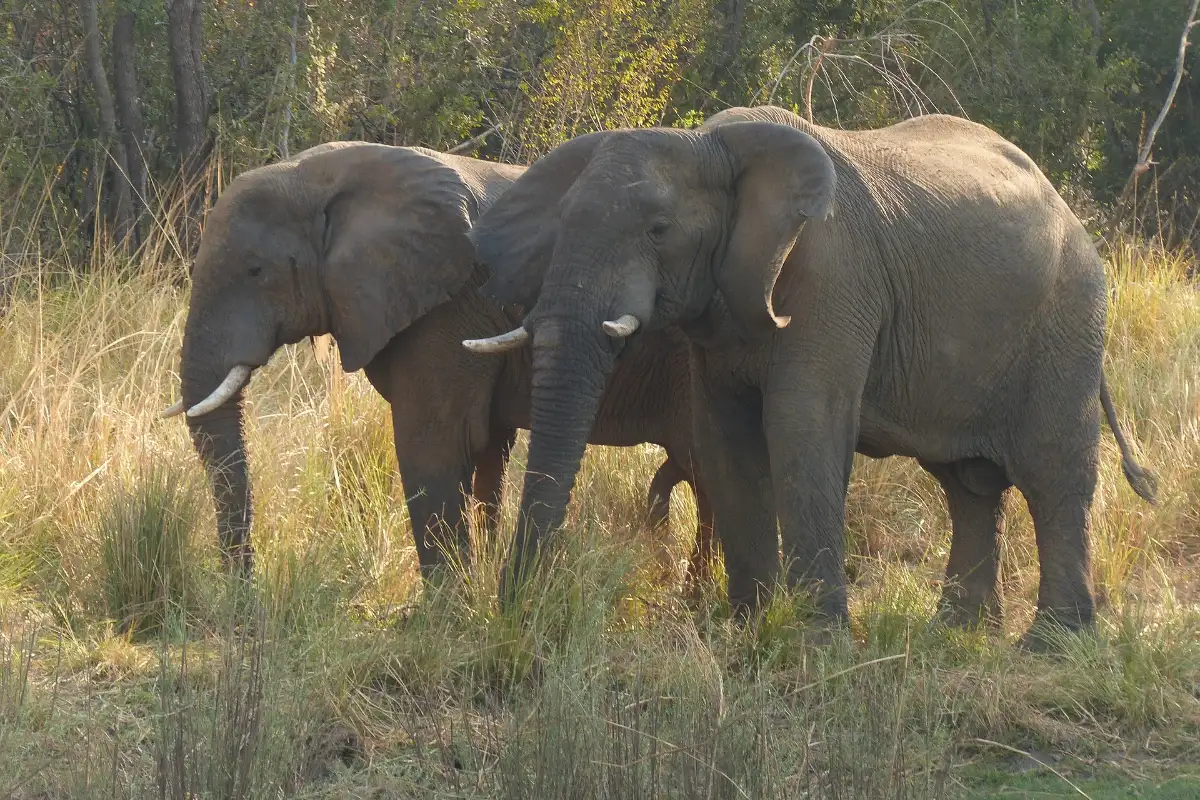
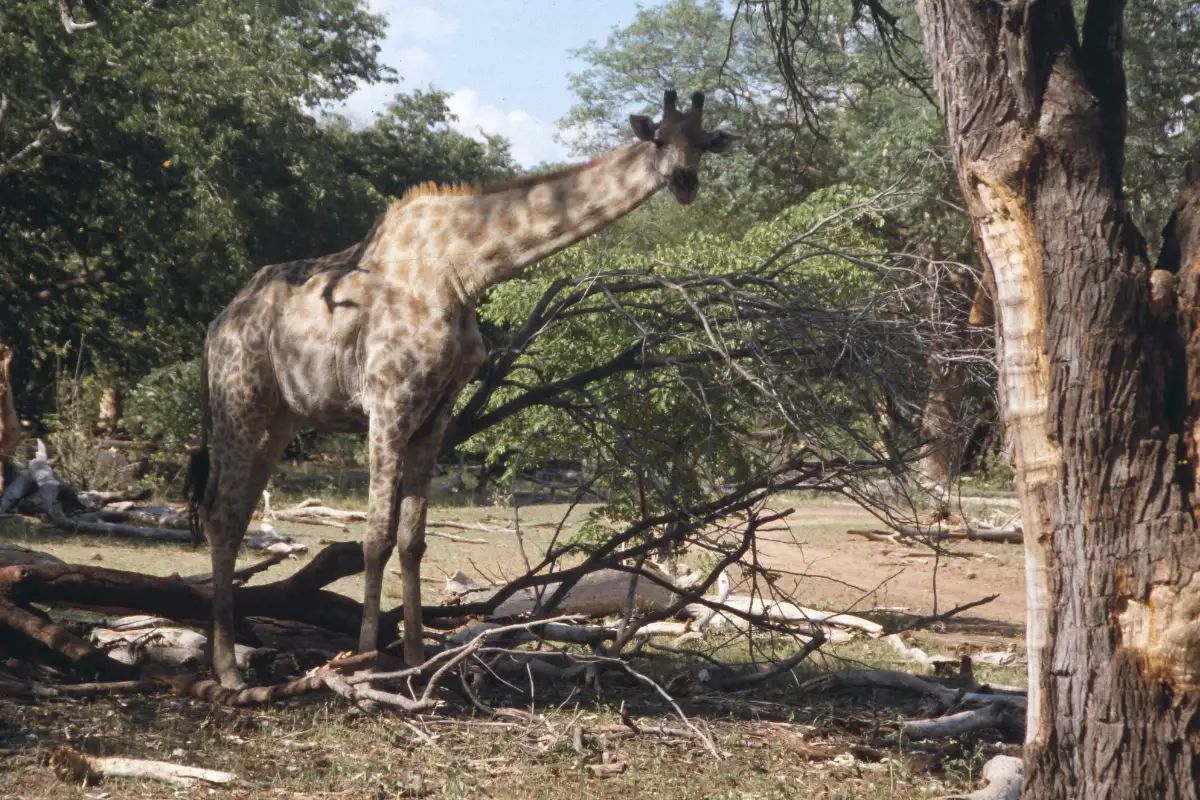
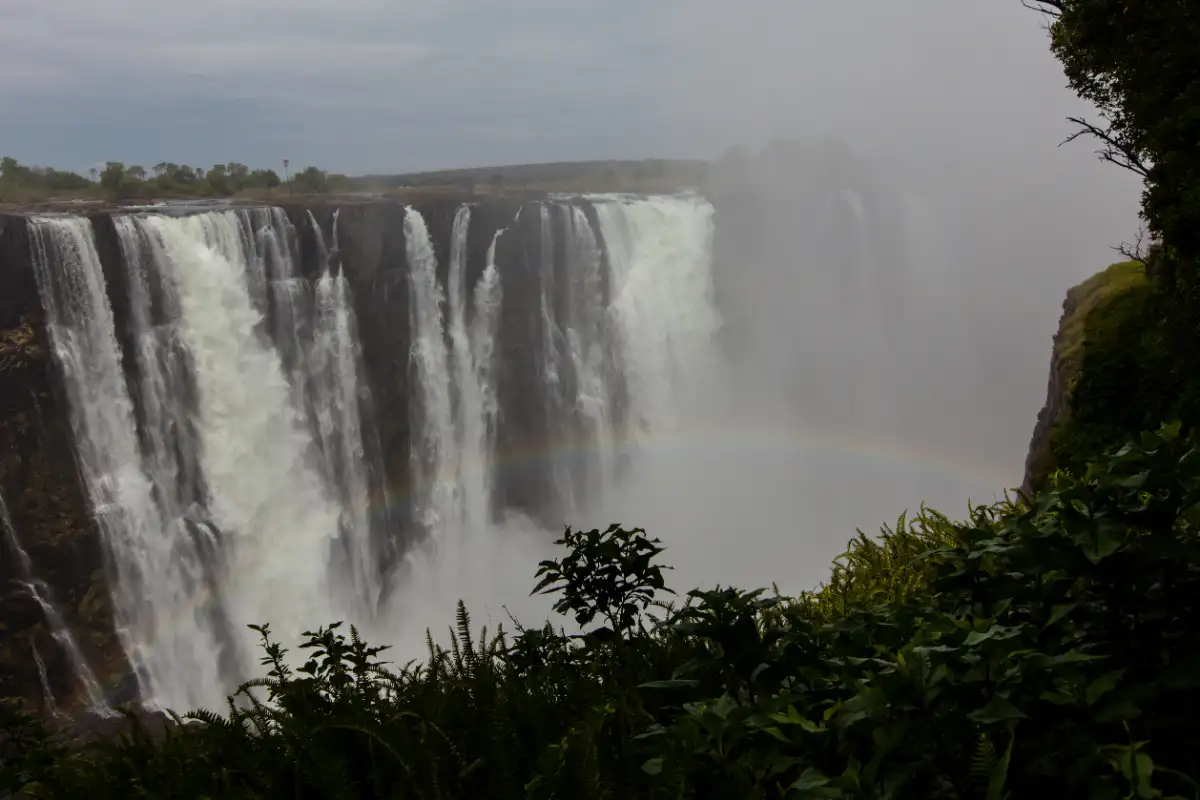

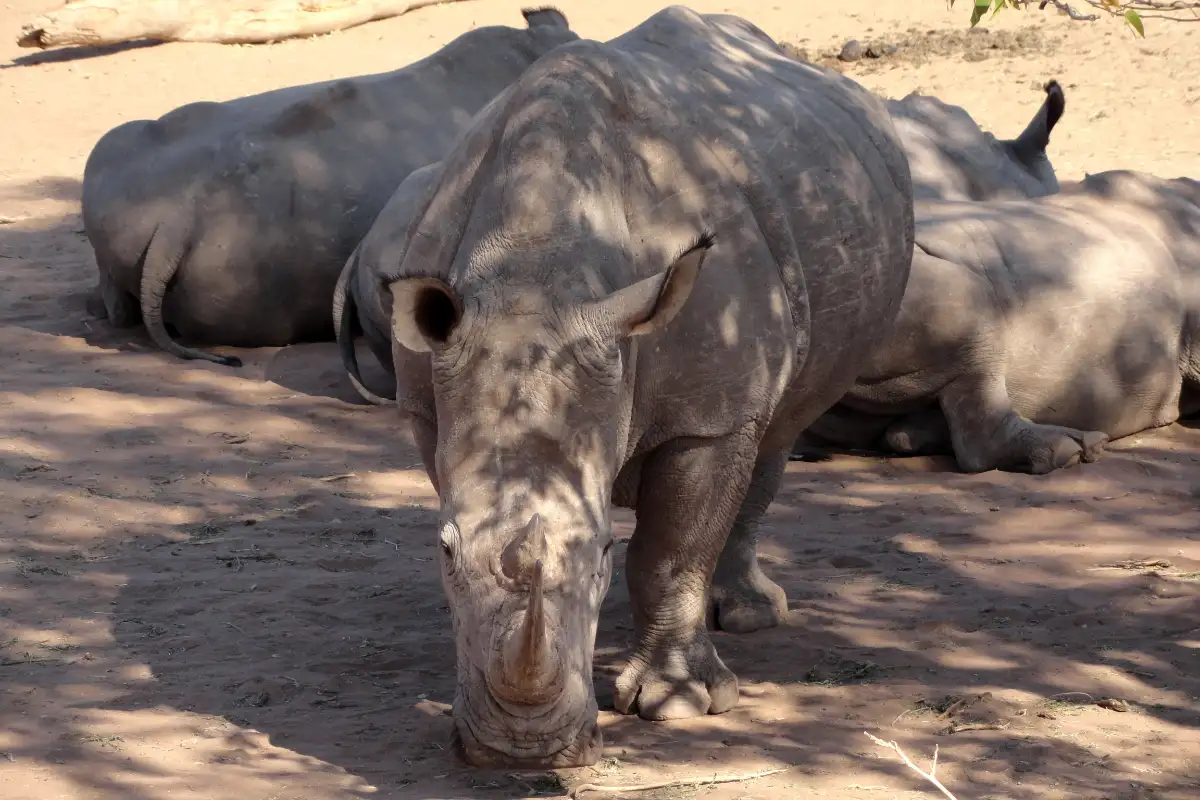
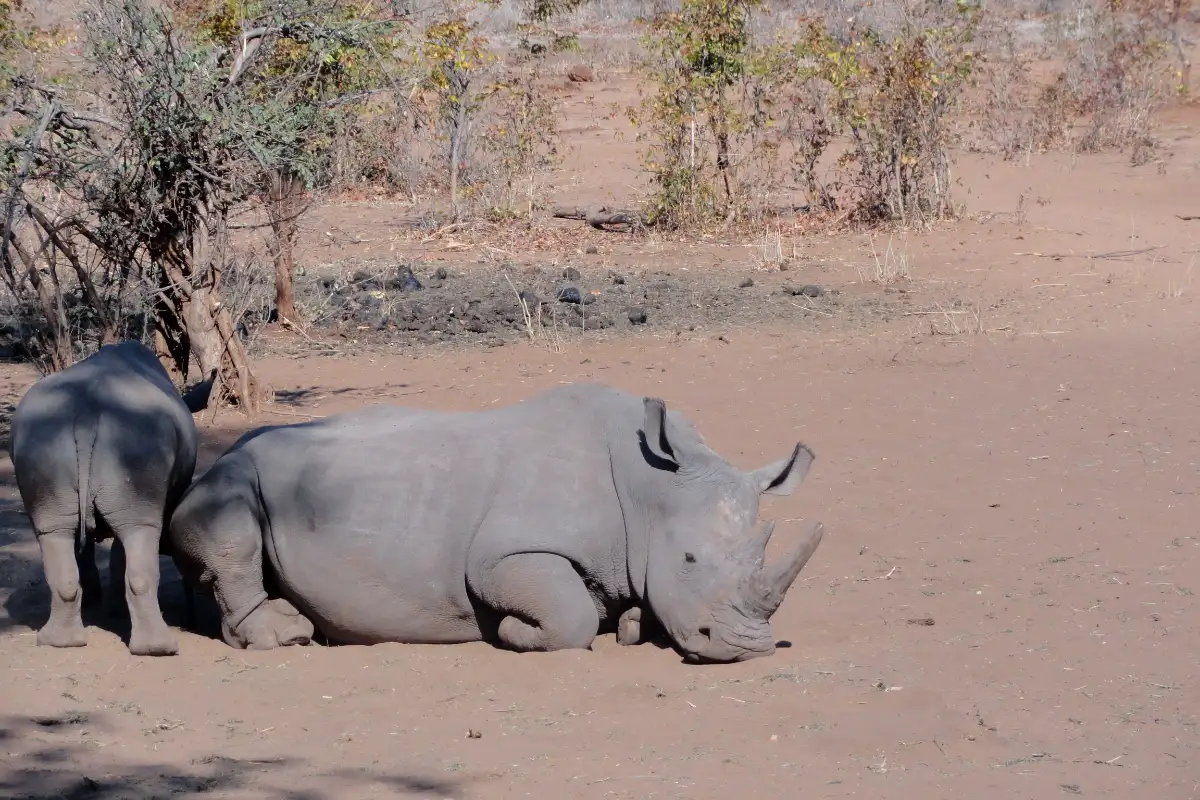
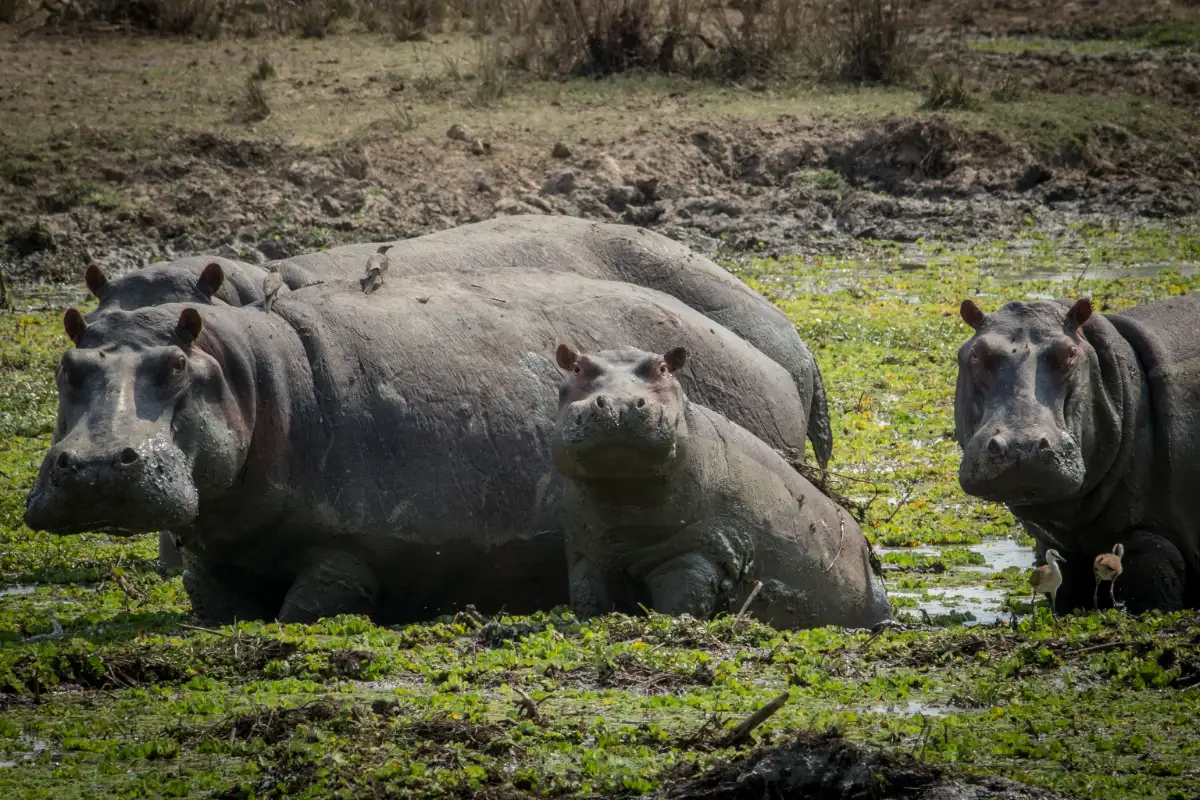
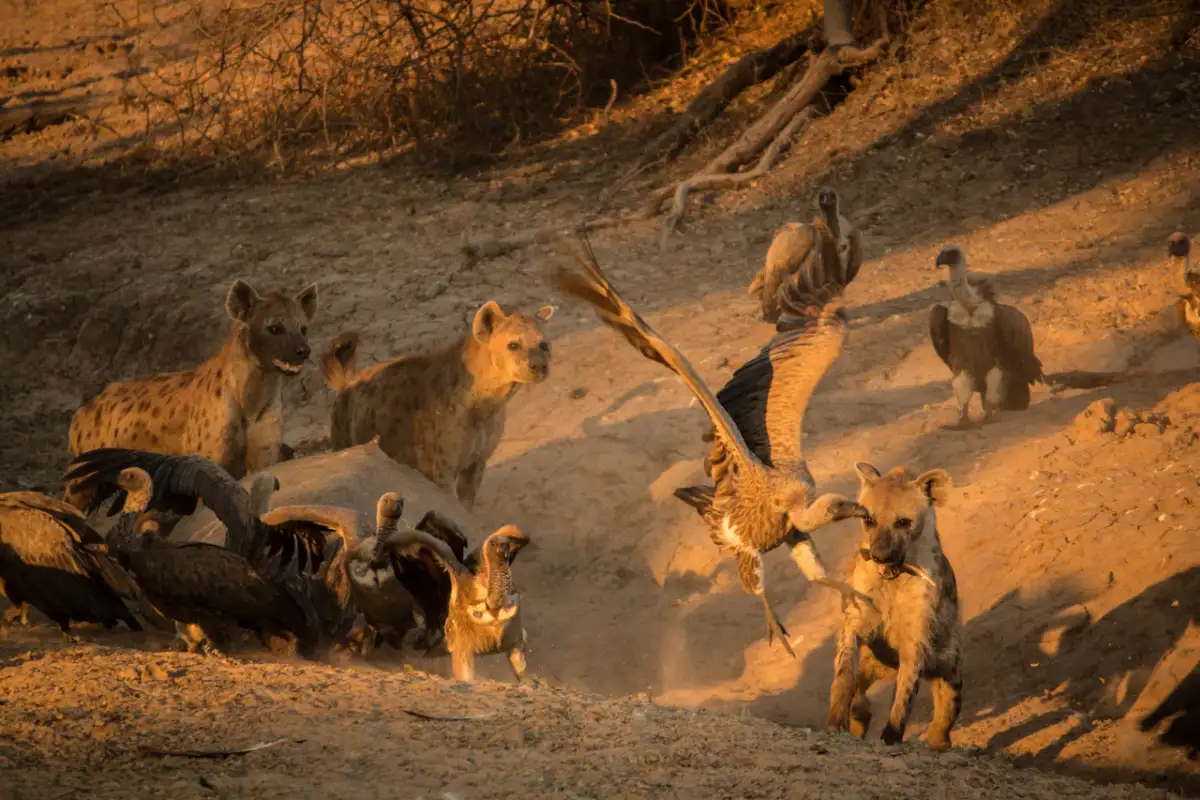
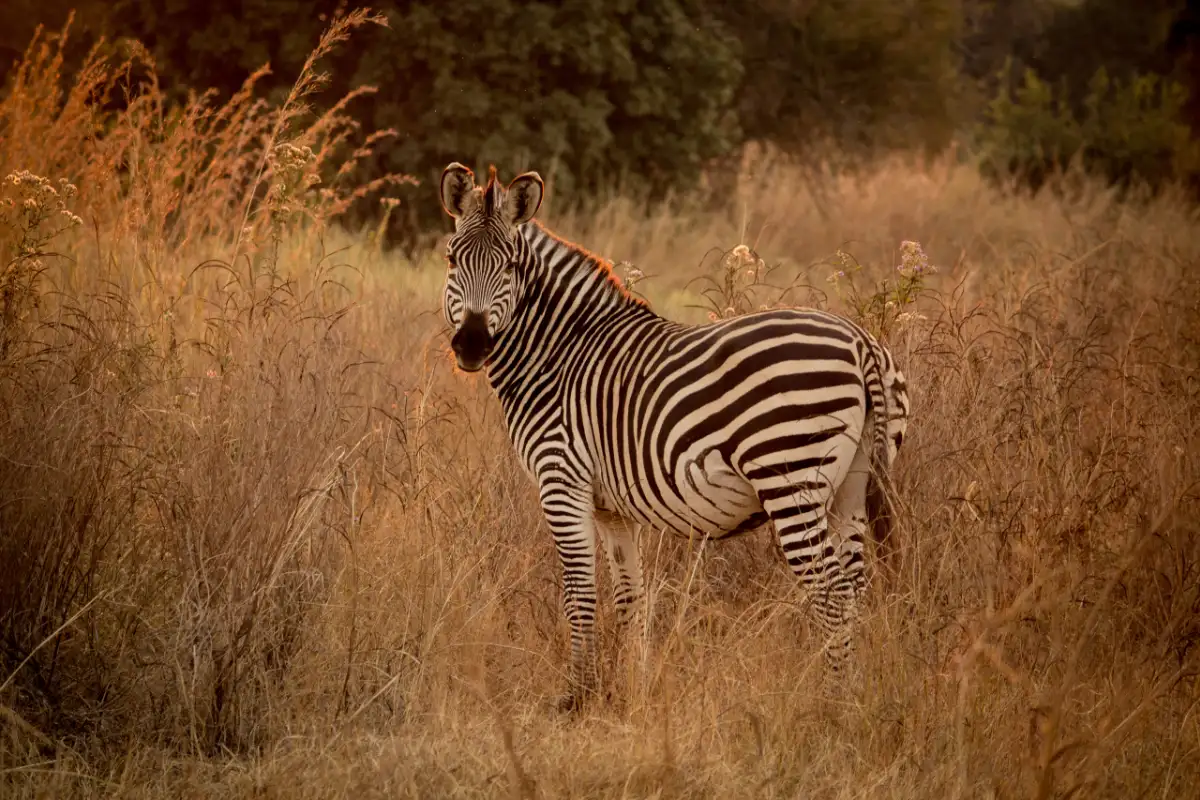
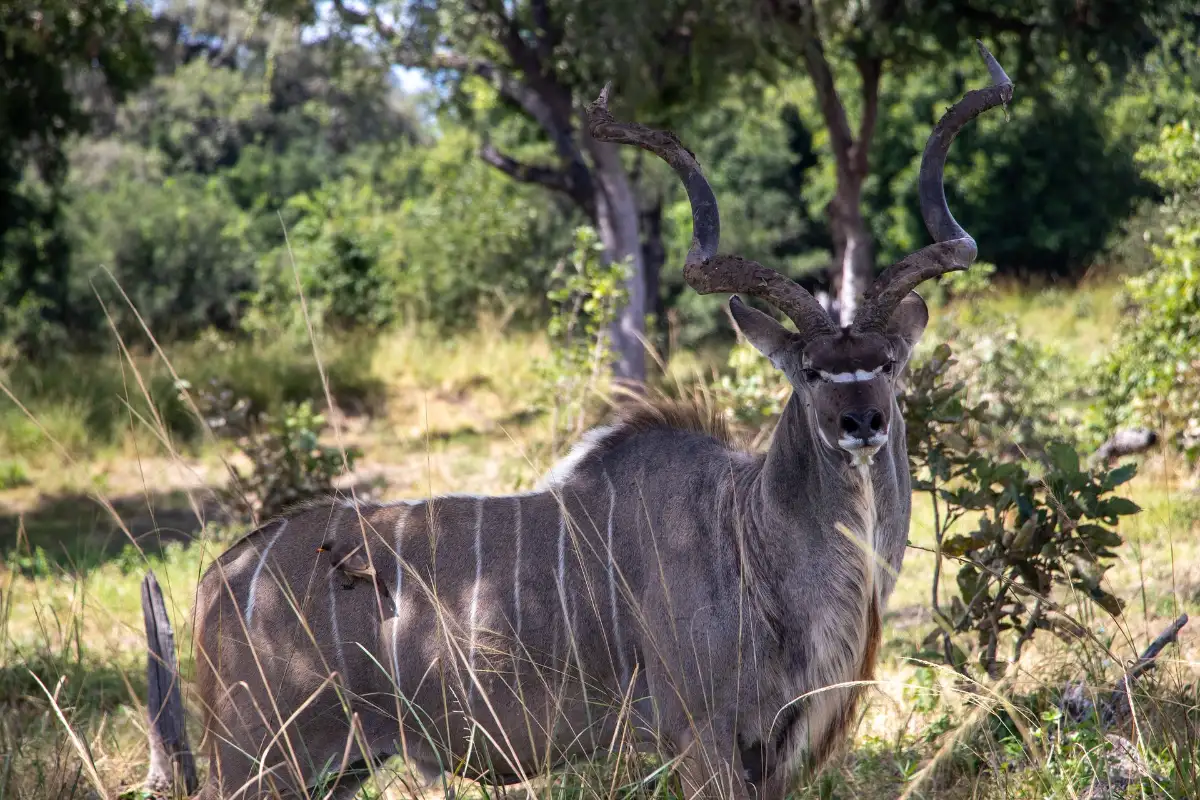
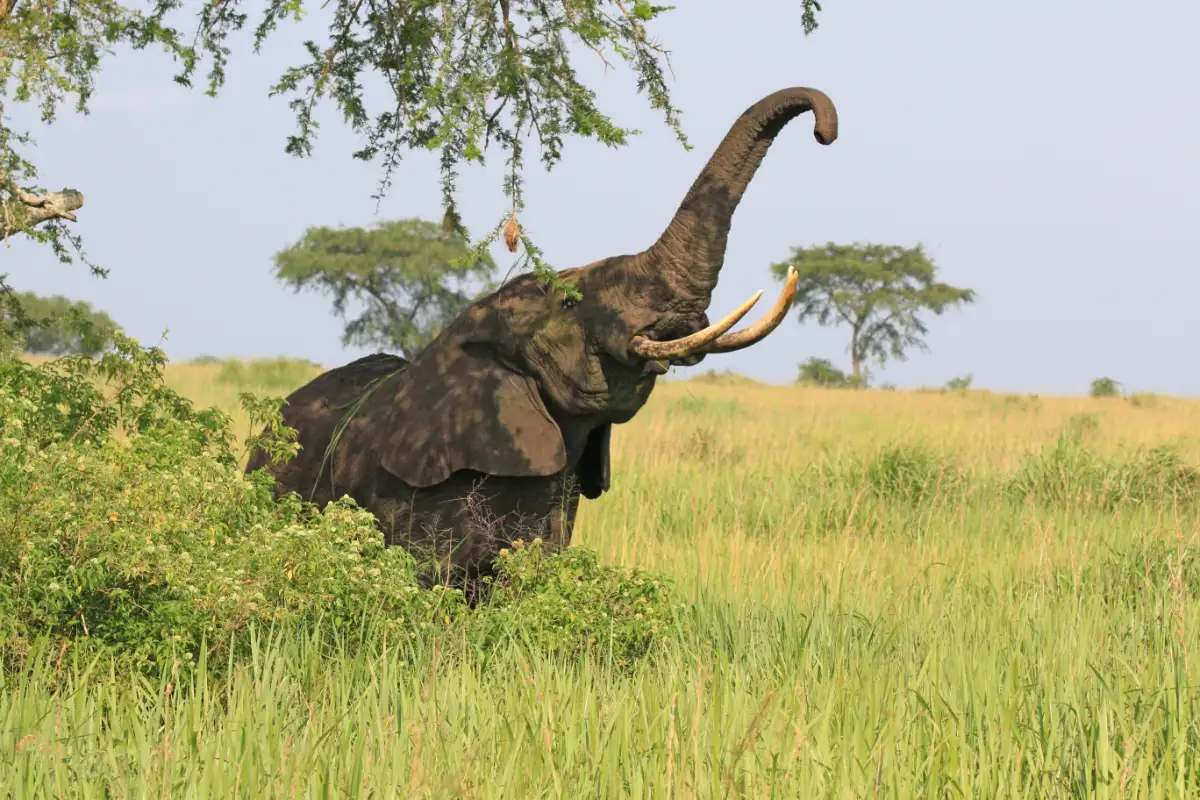
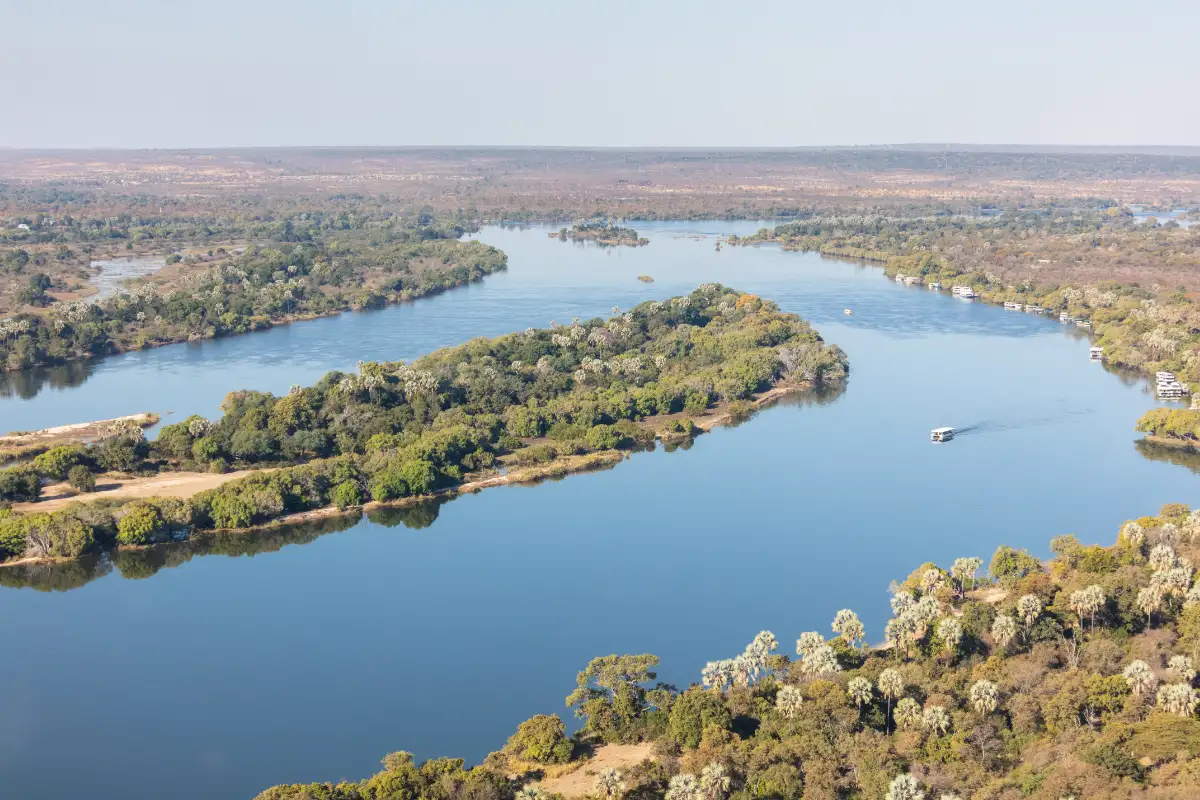
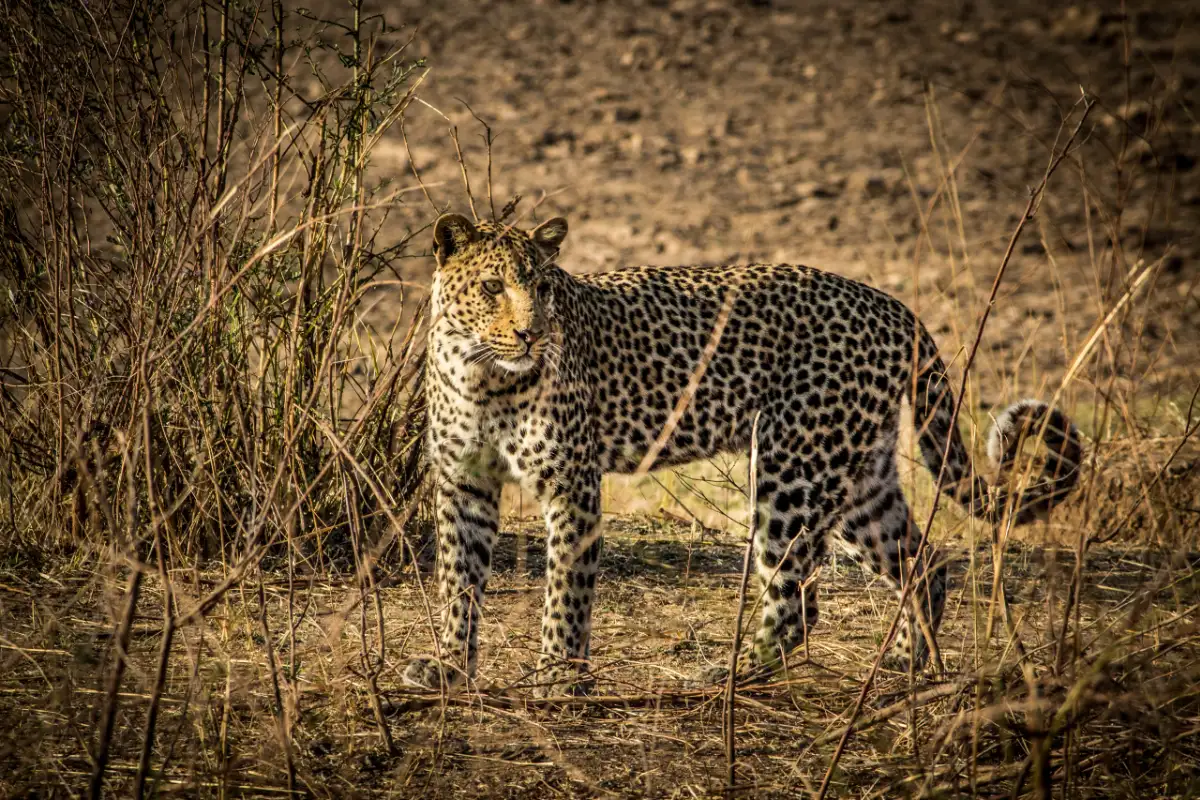
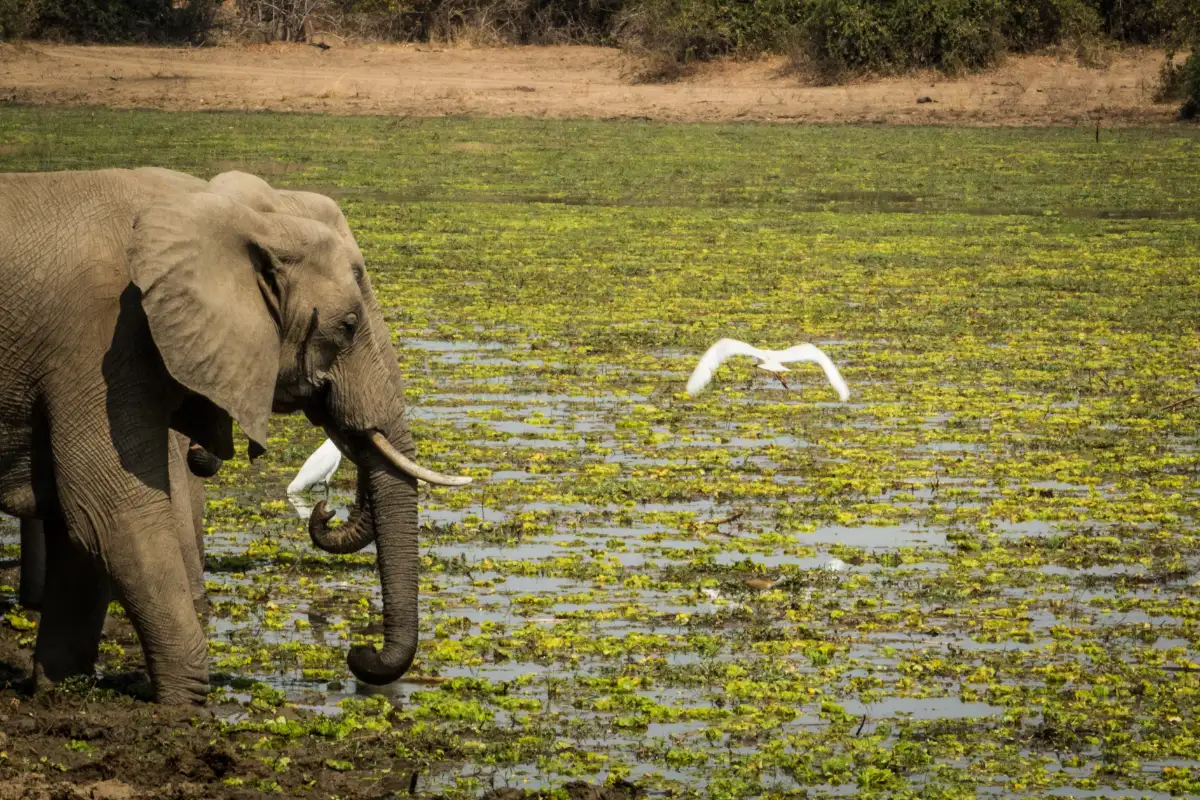
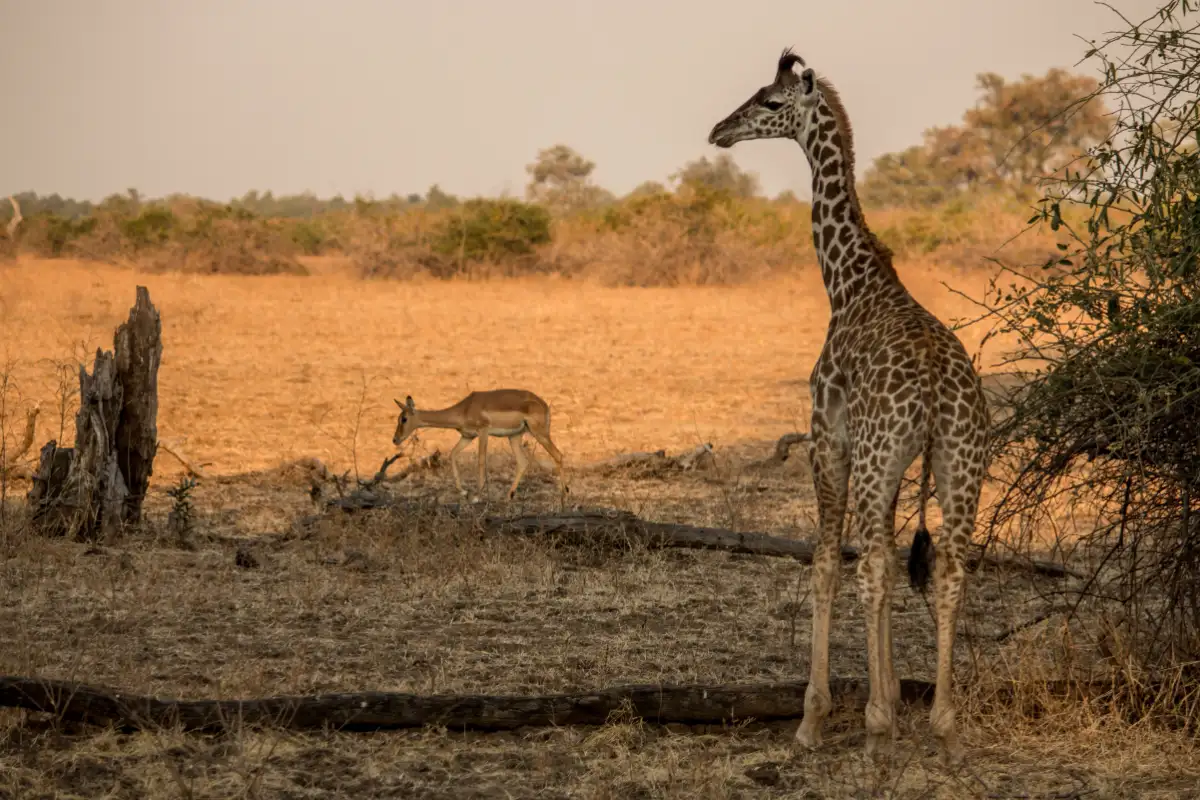
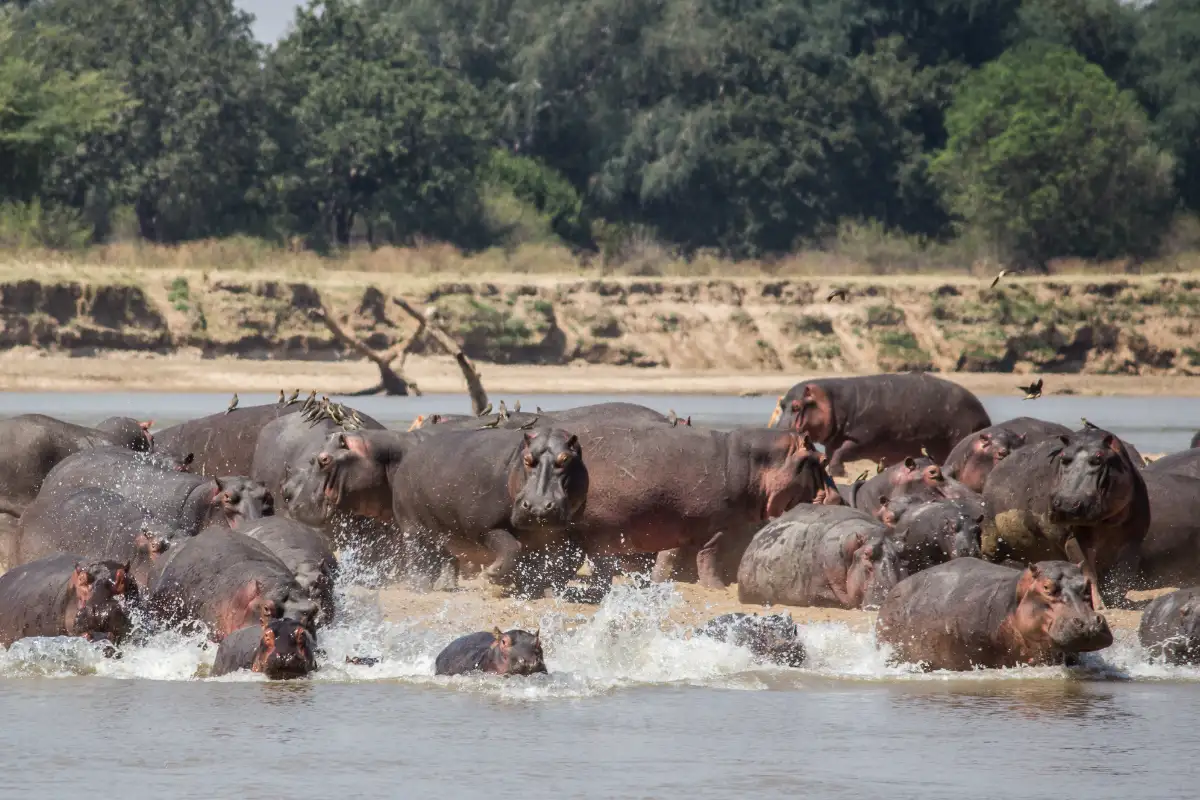
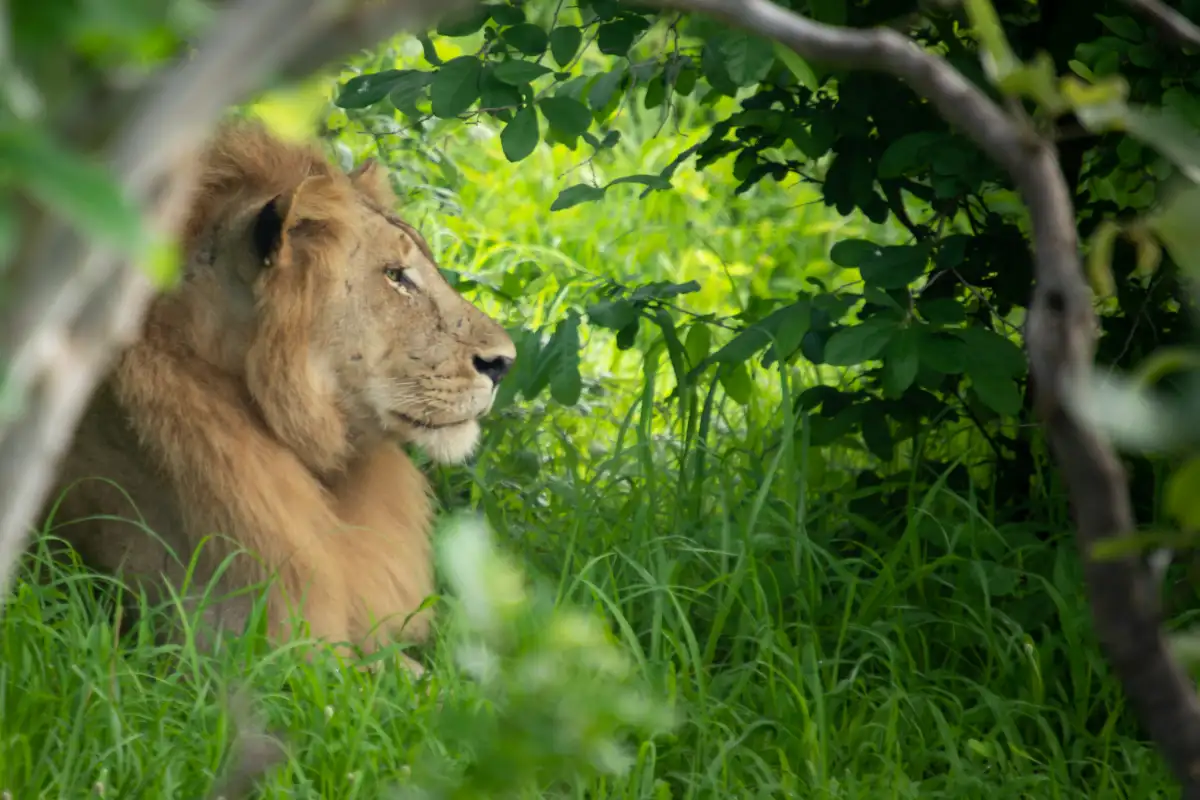
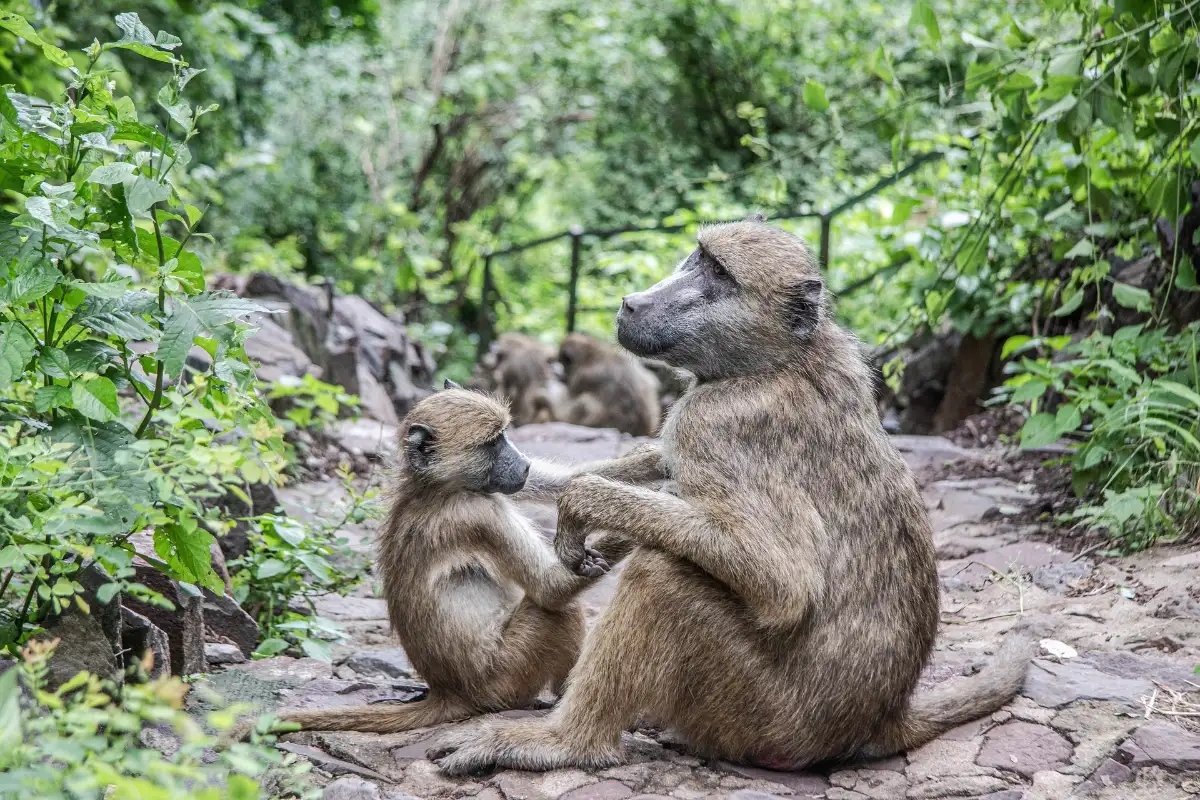
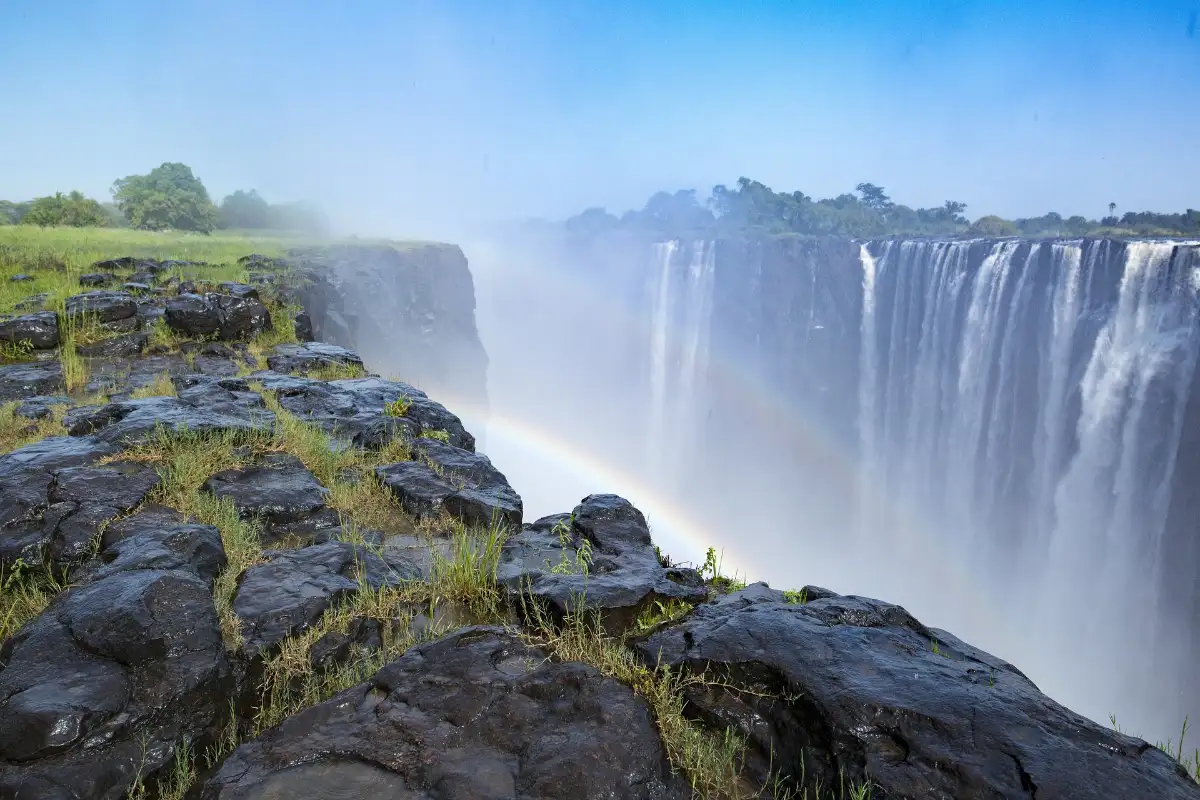
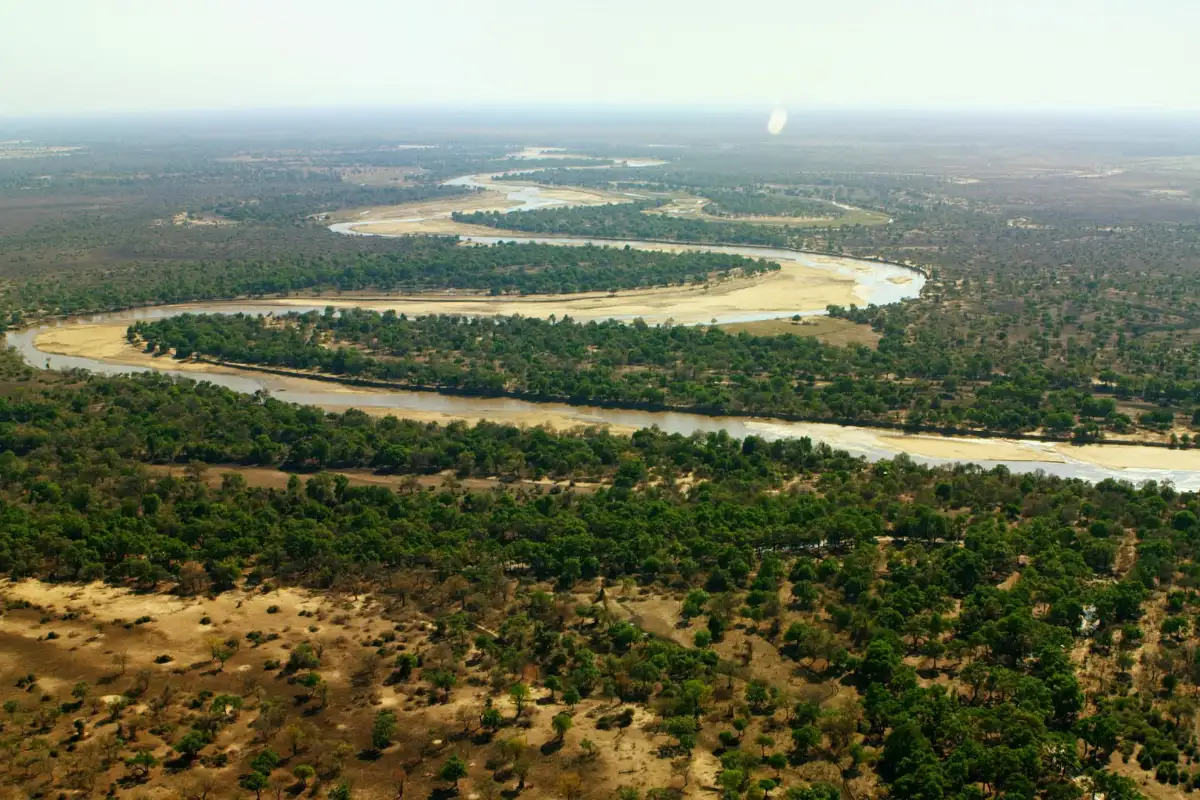
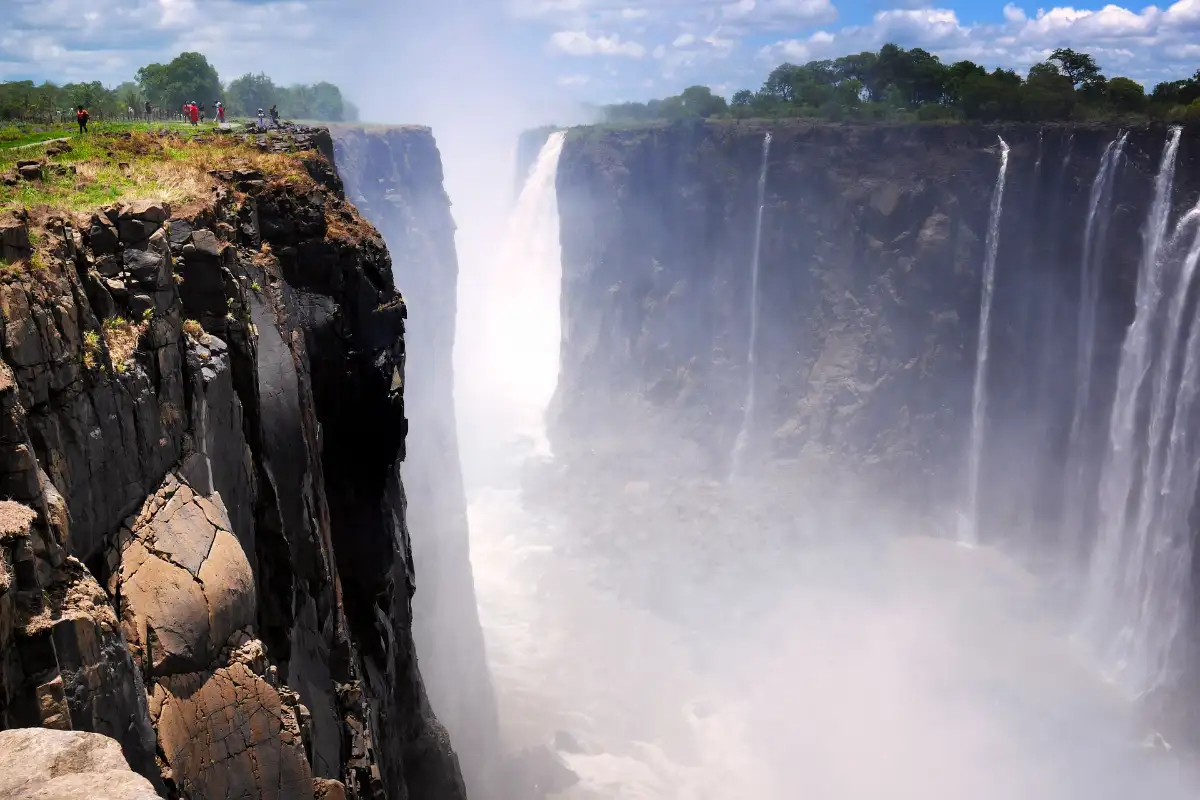
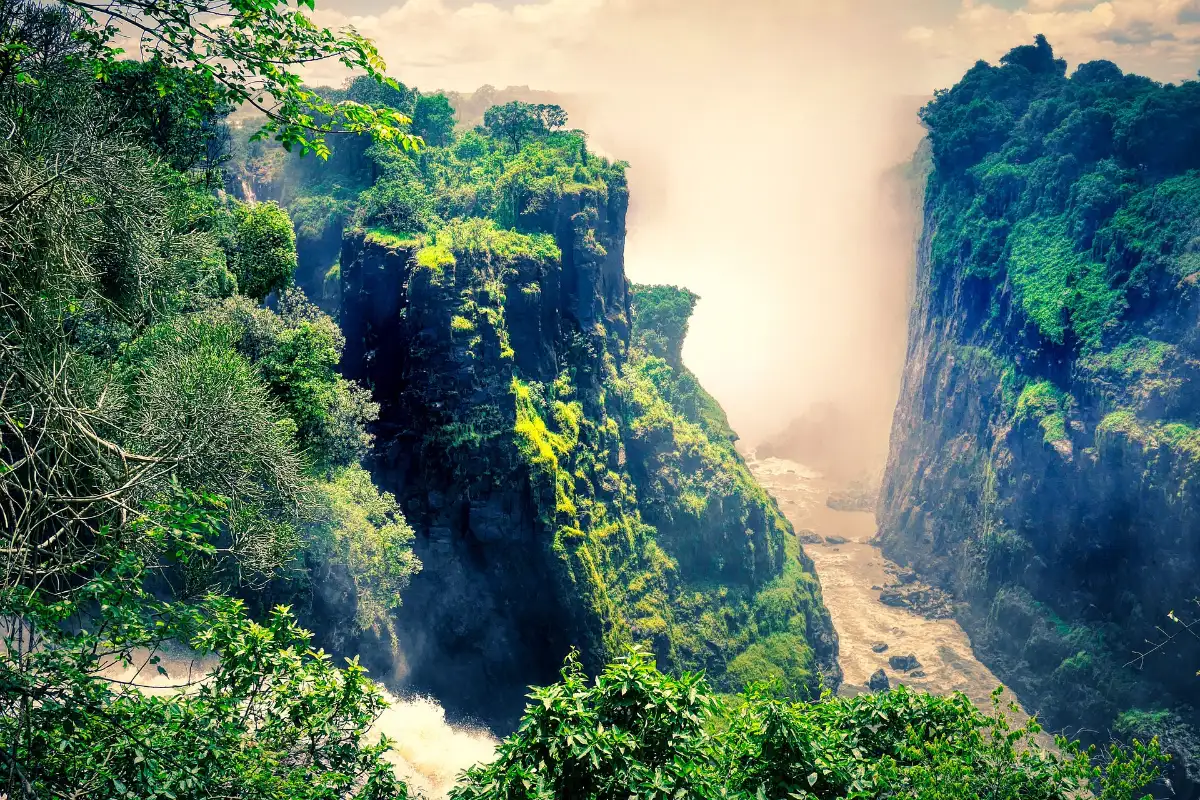
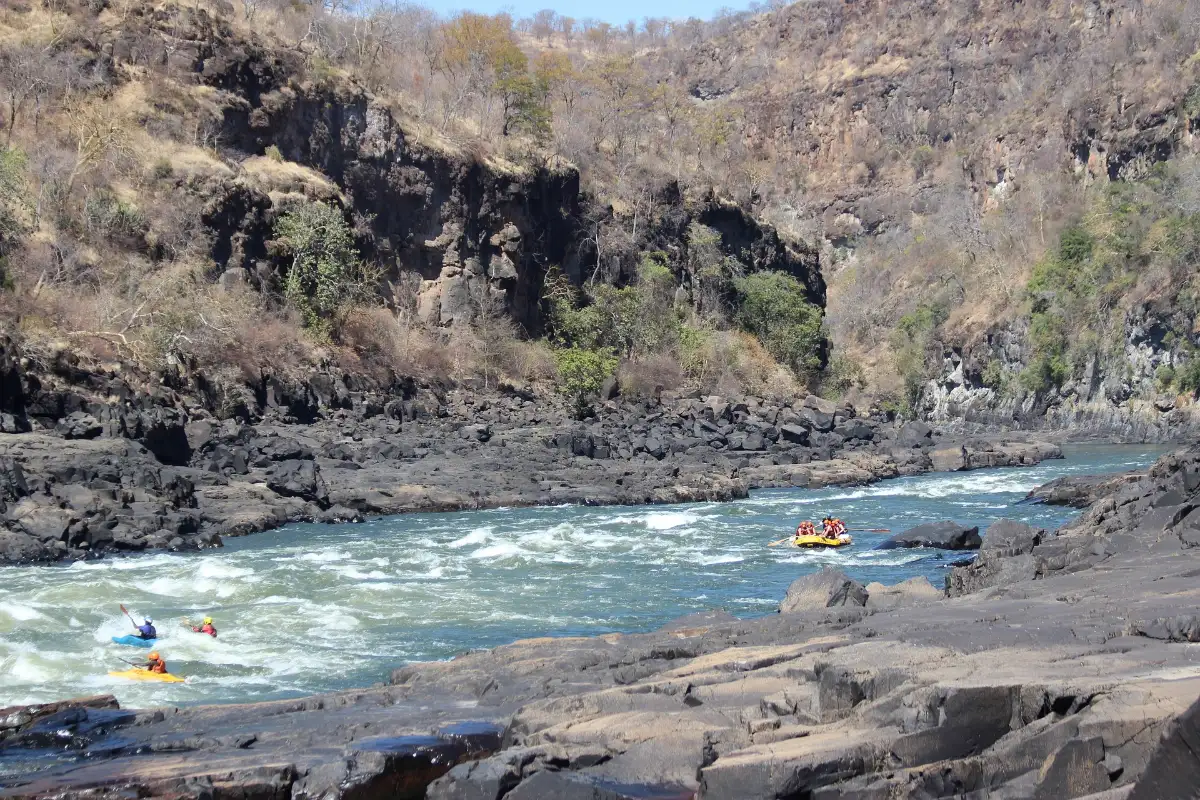

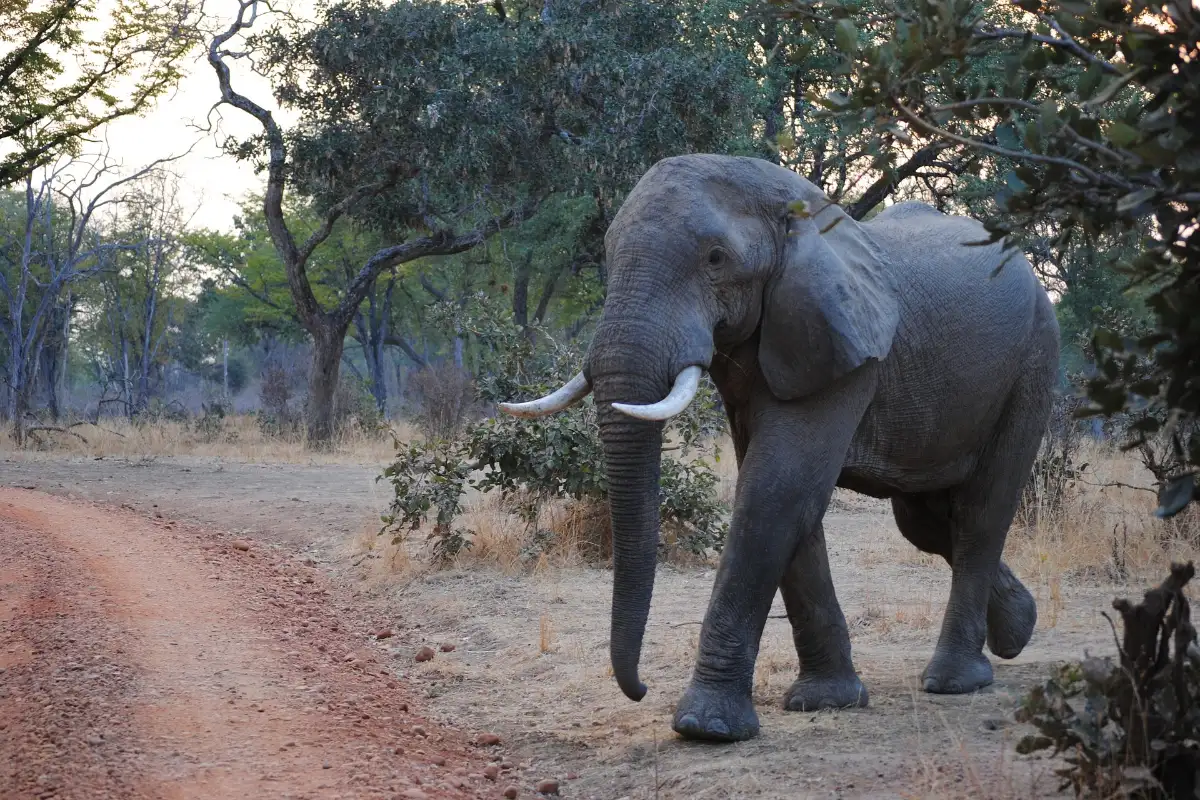

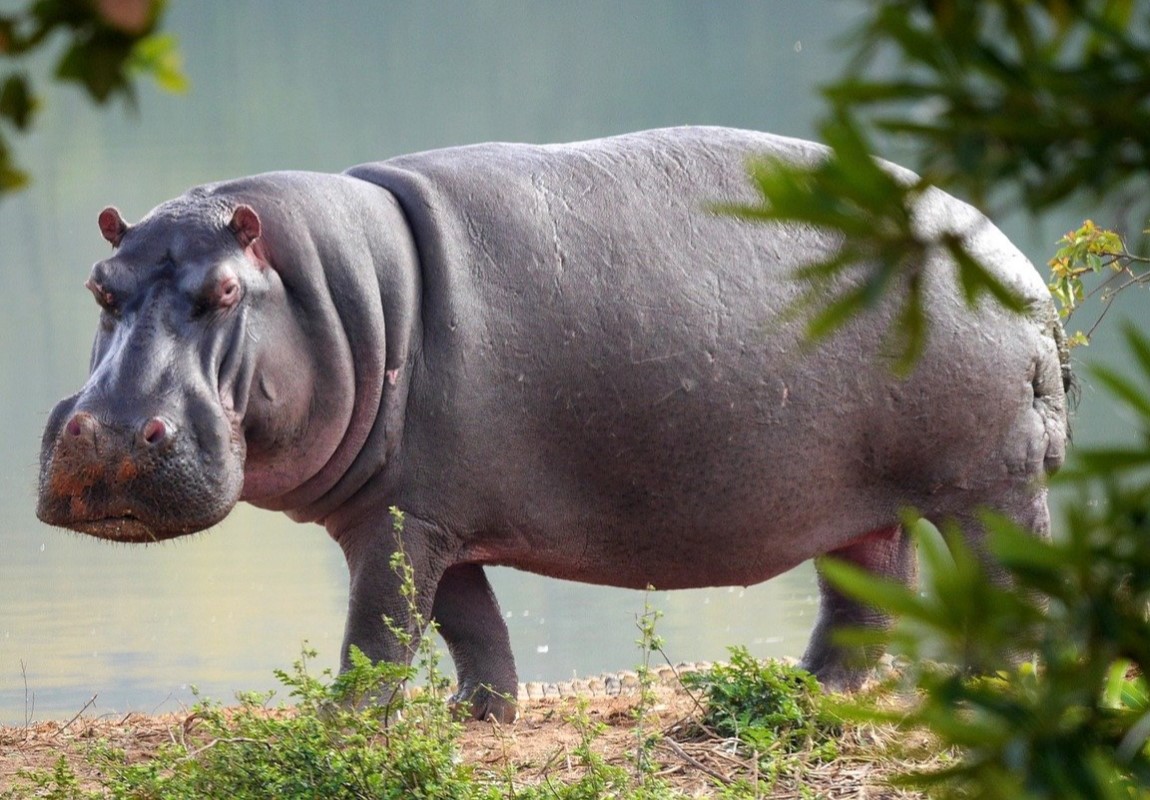

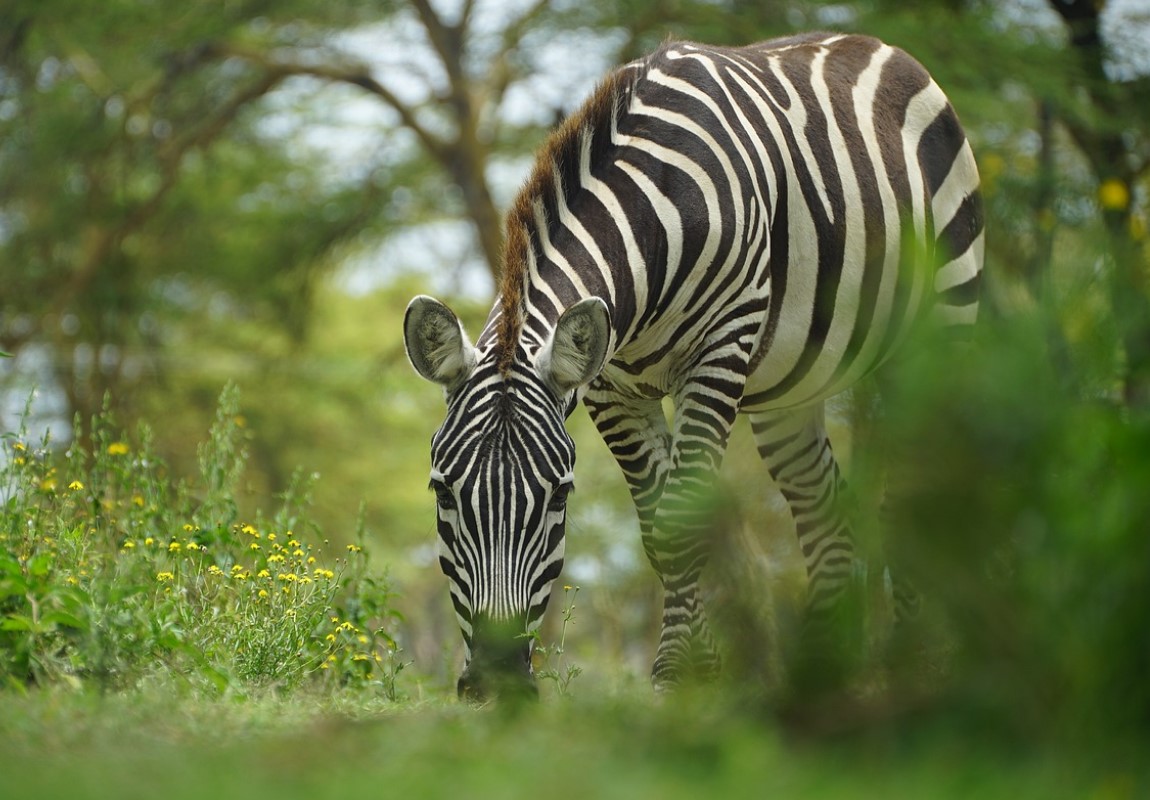


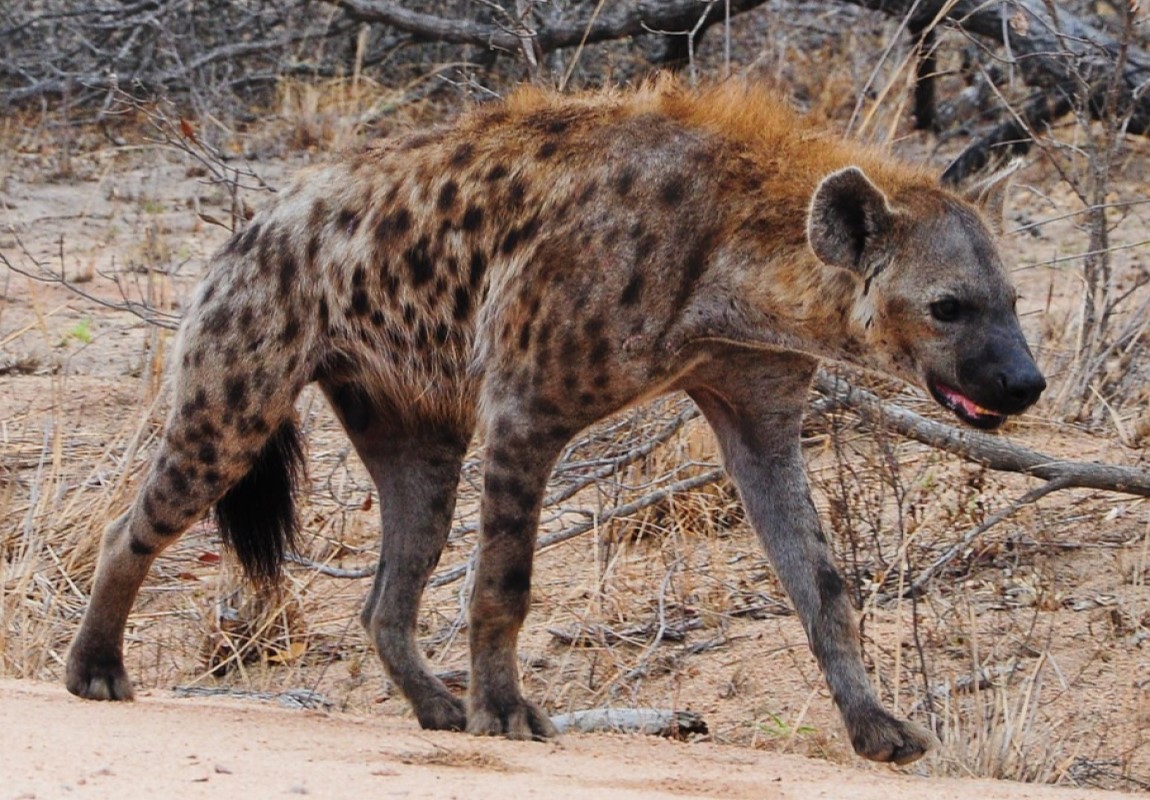



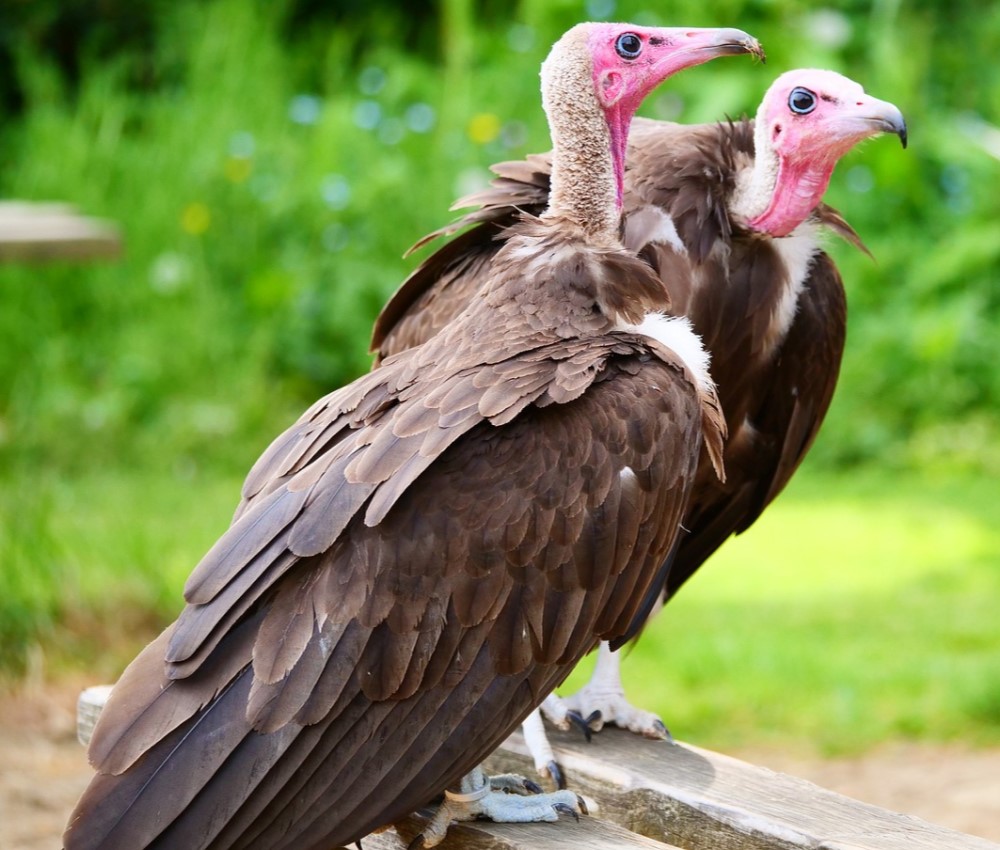
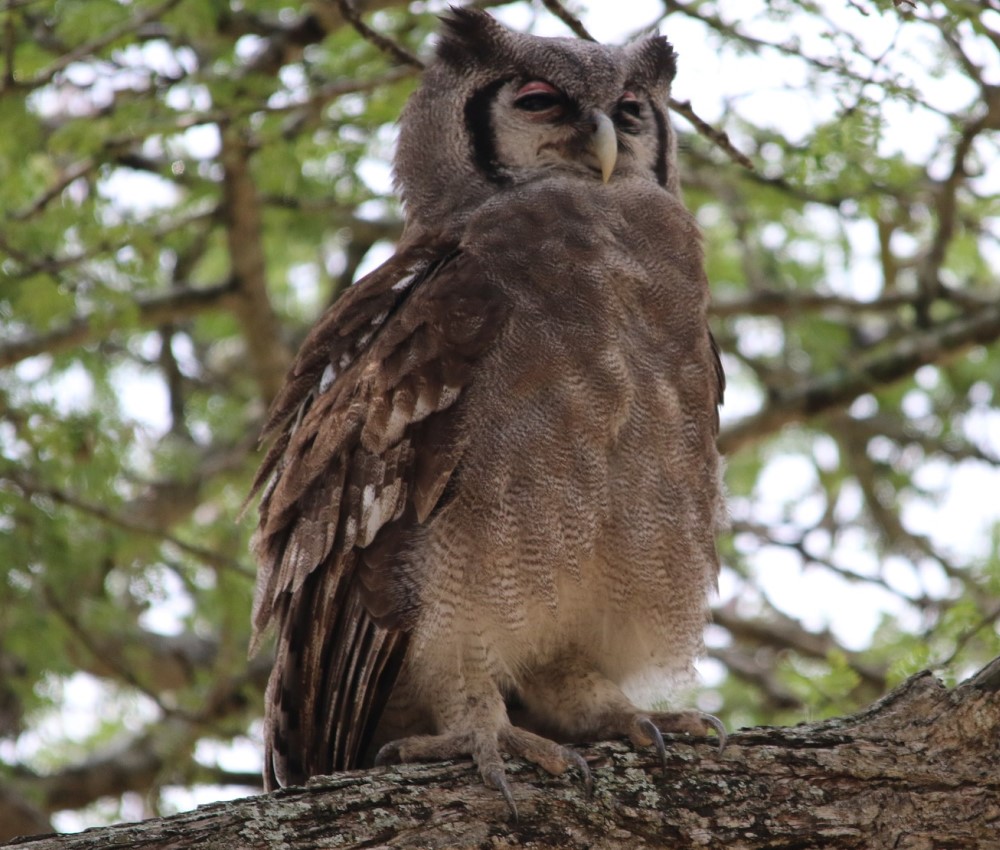



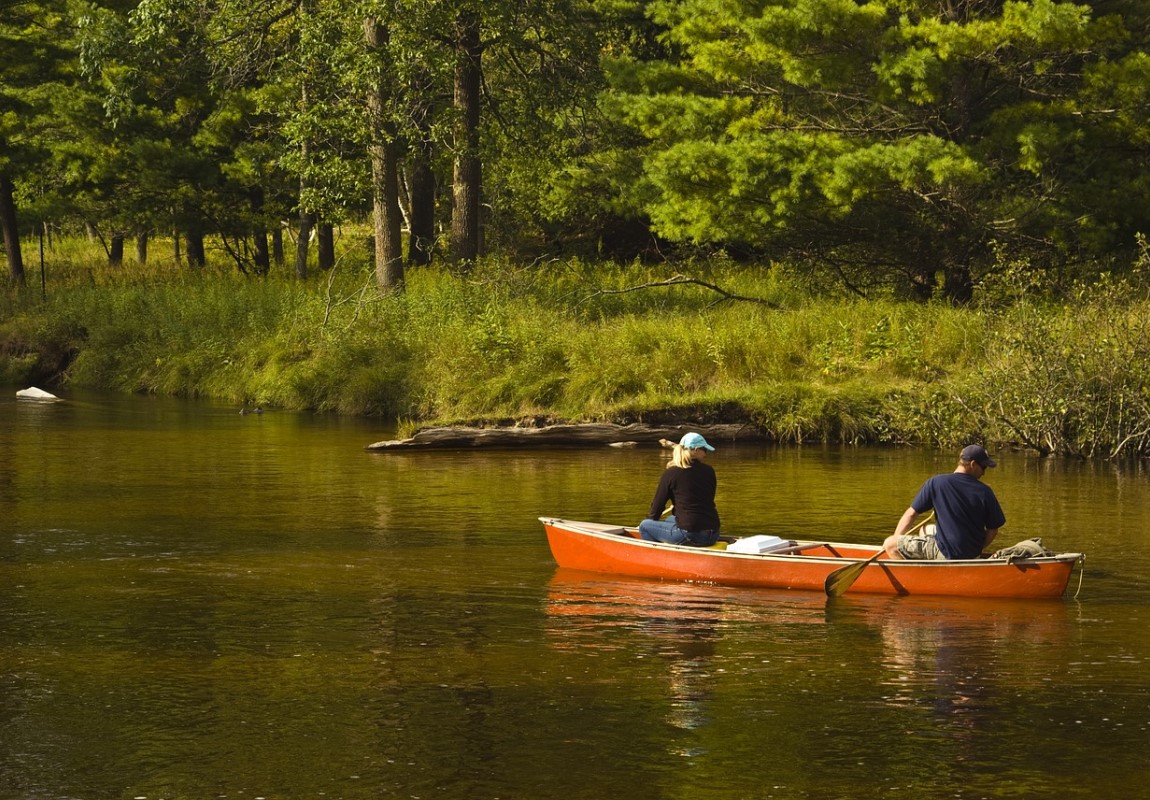





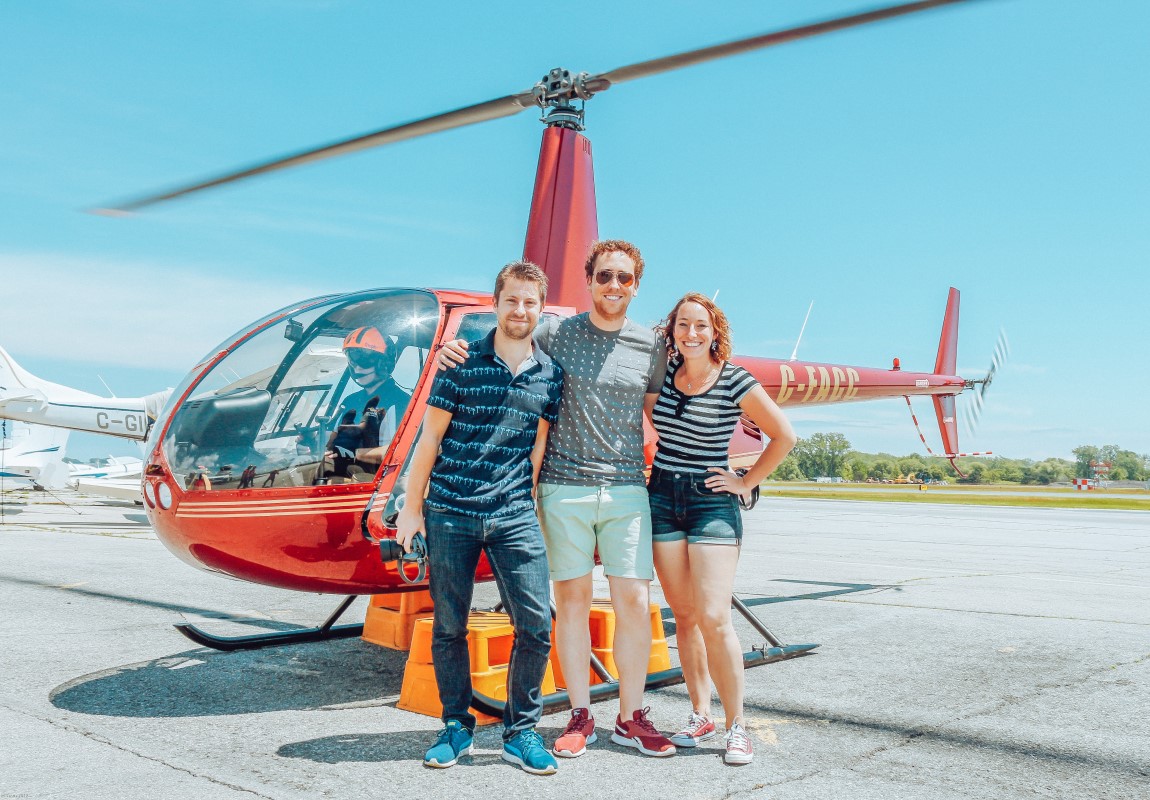
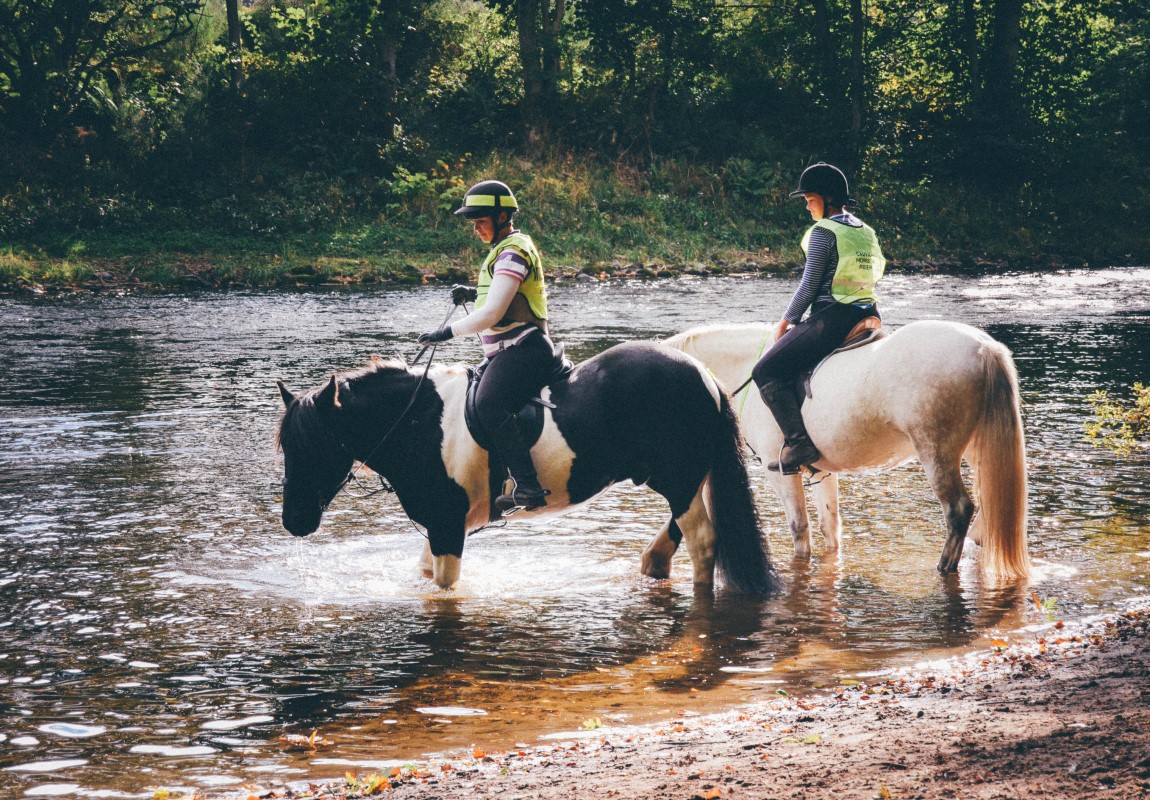

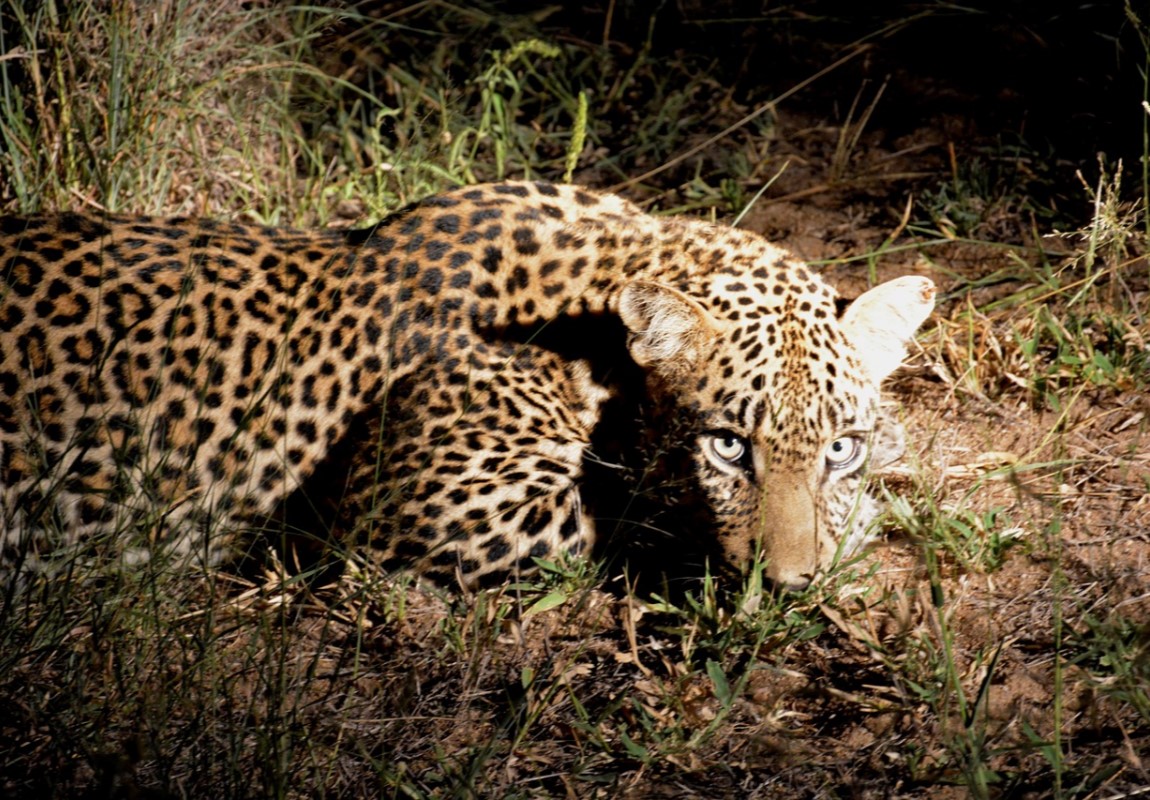


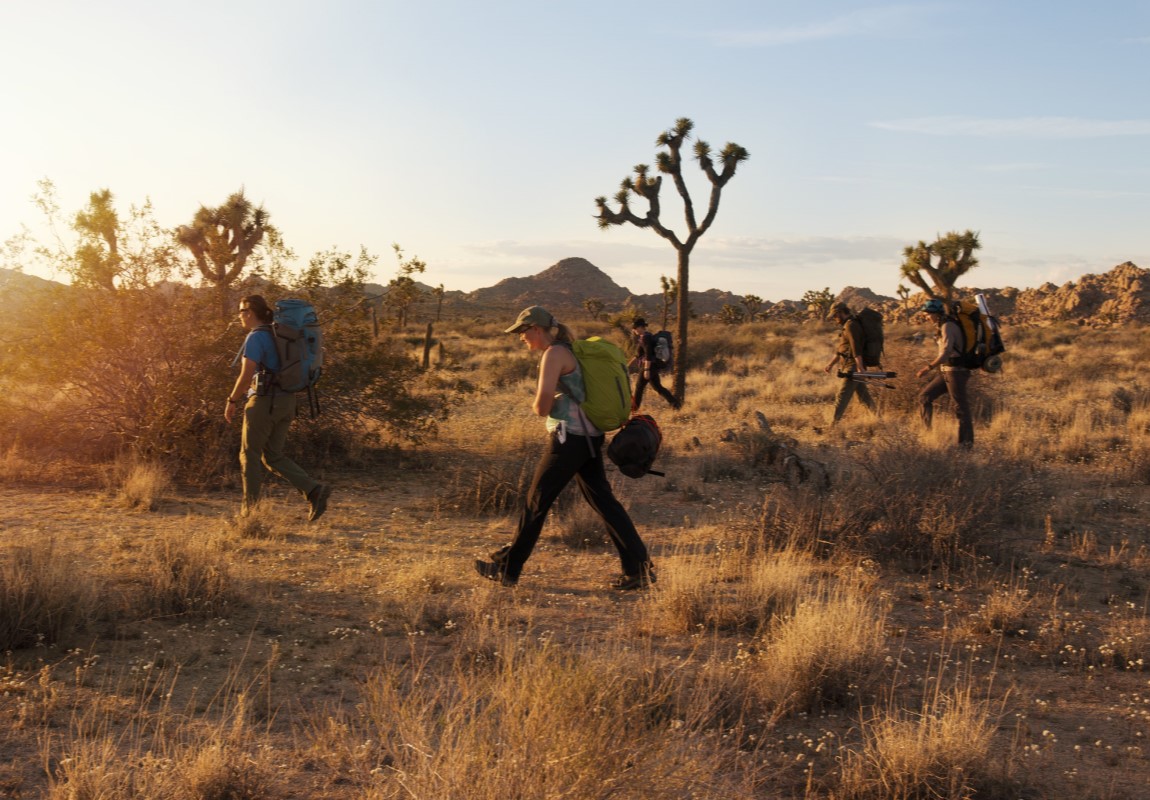


.jpg)
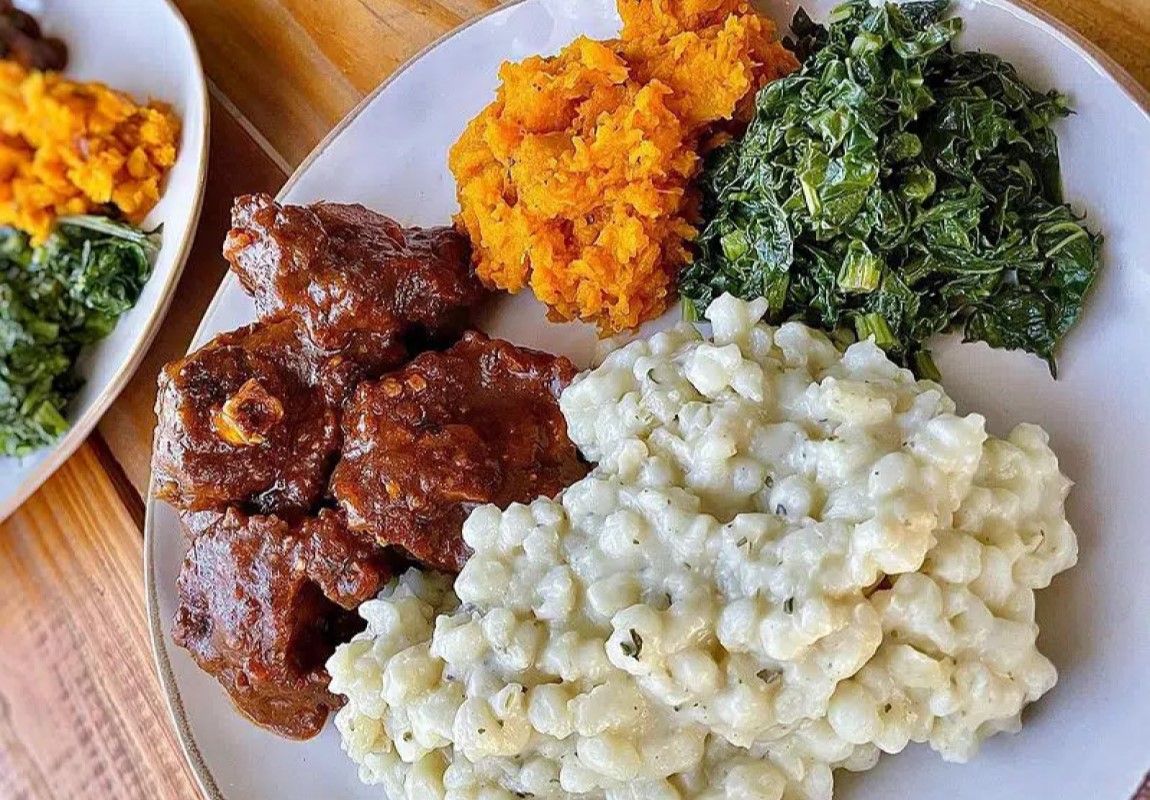
.jpg)
.jpg)




